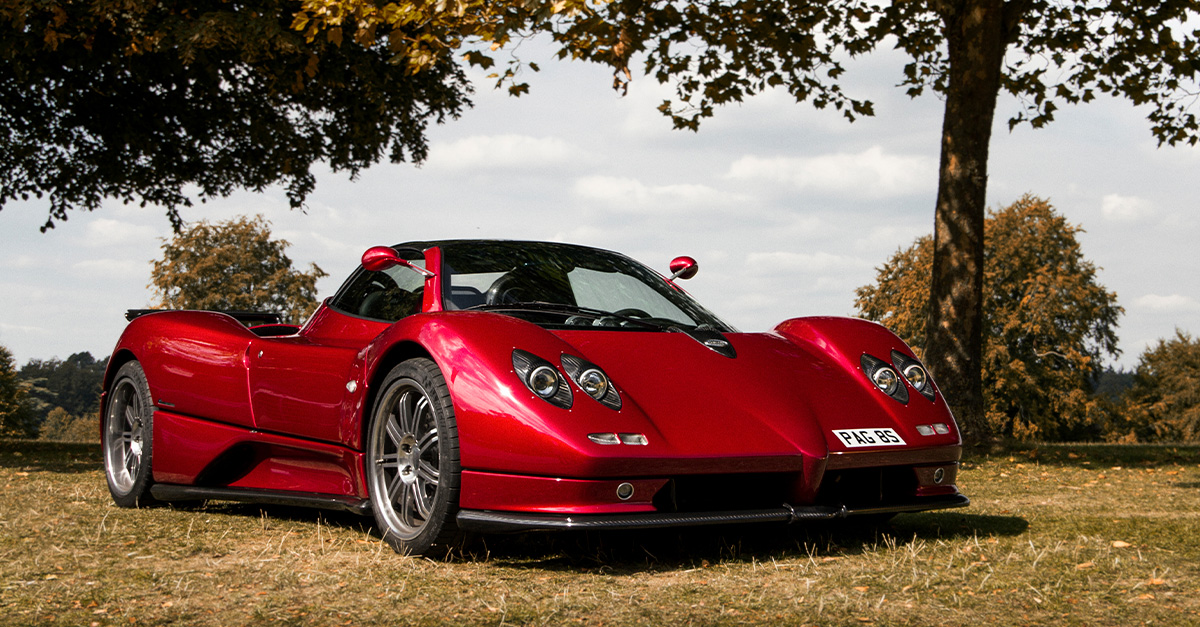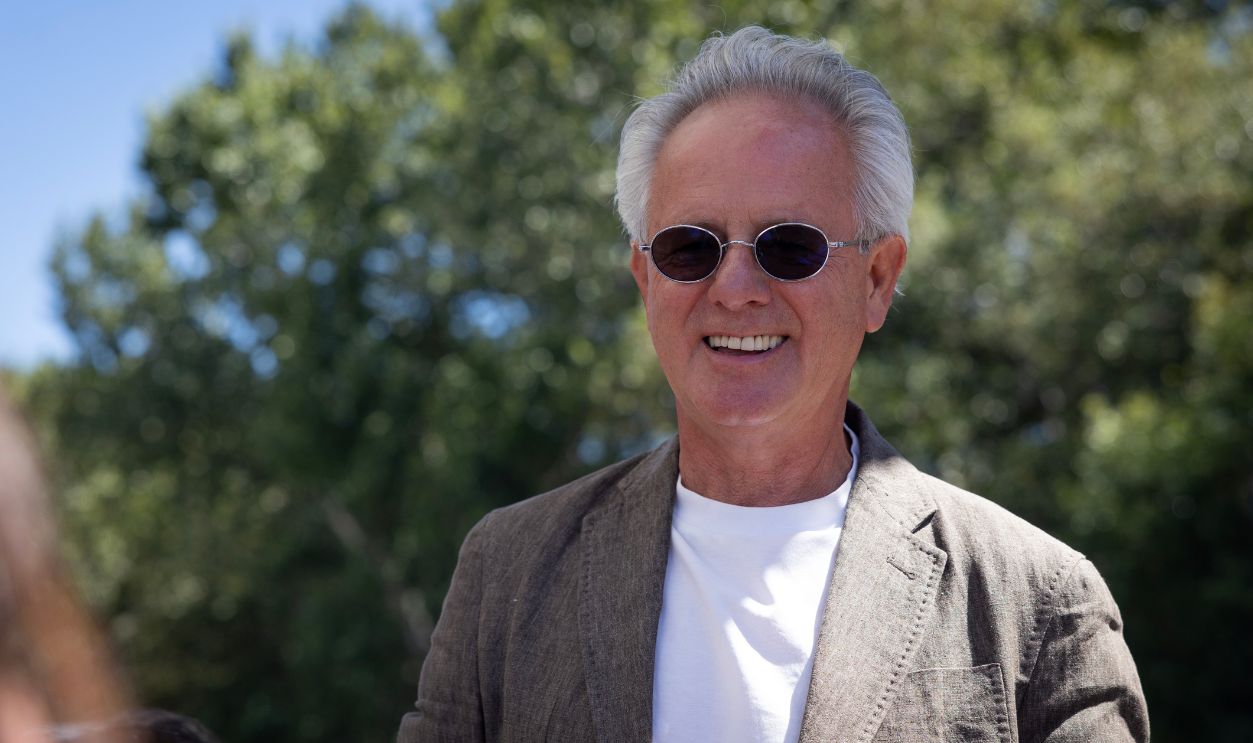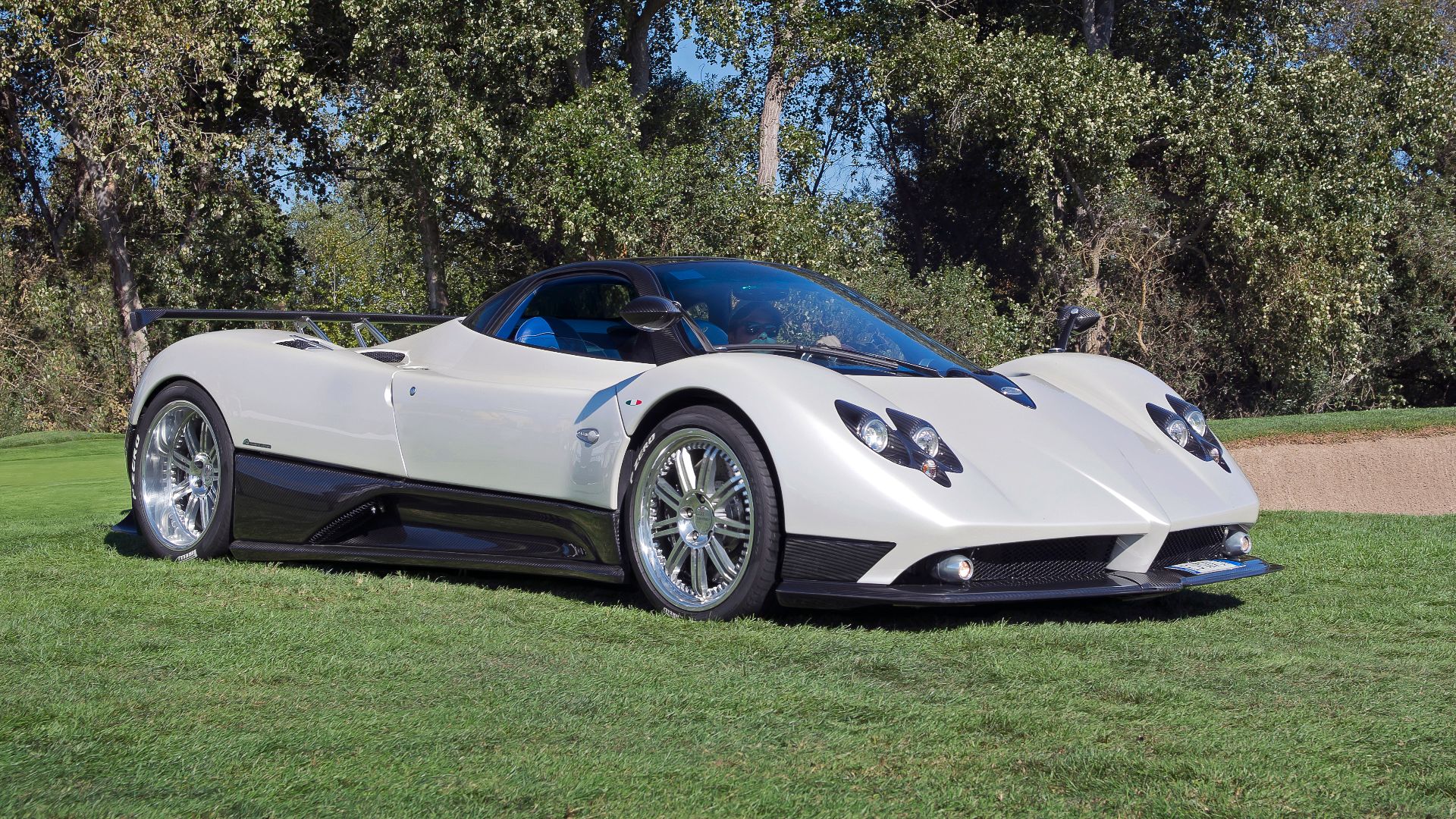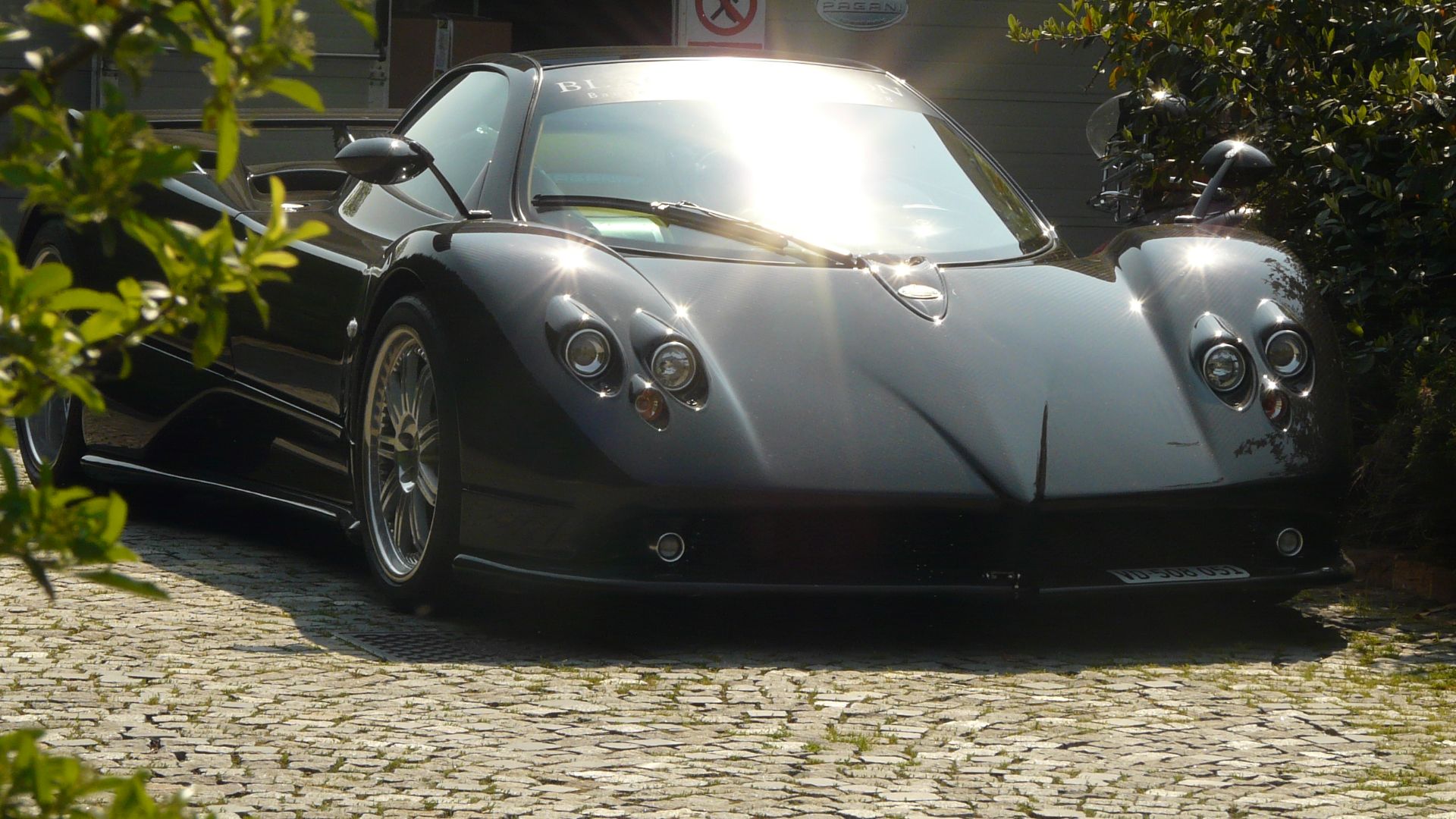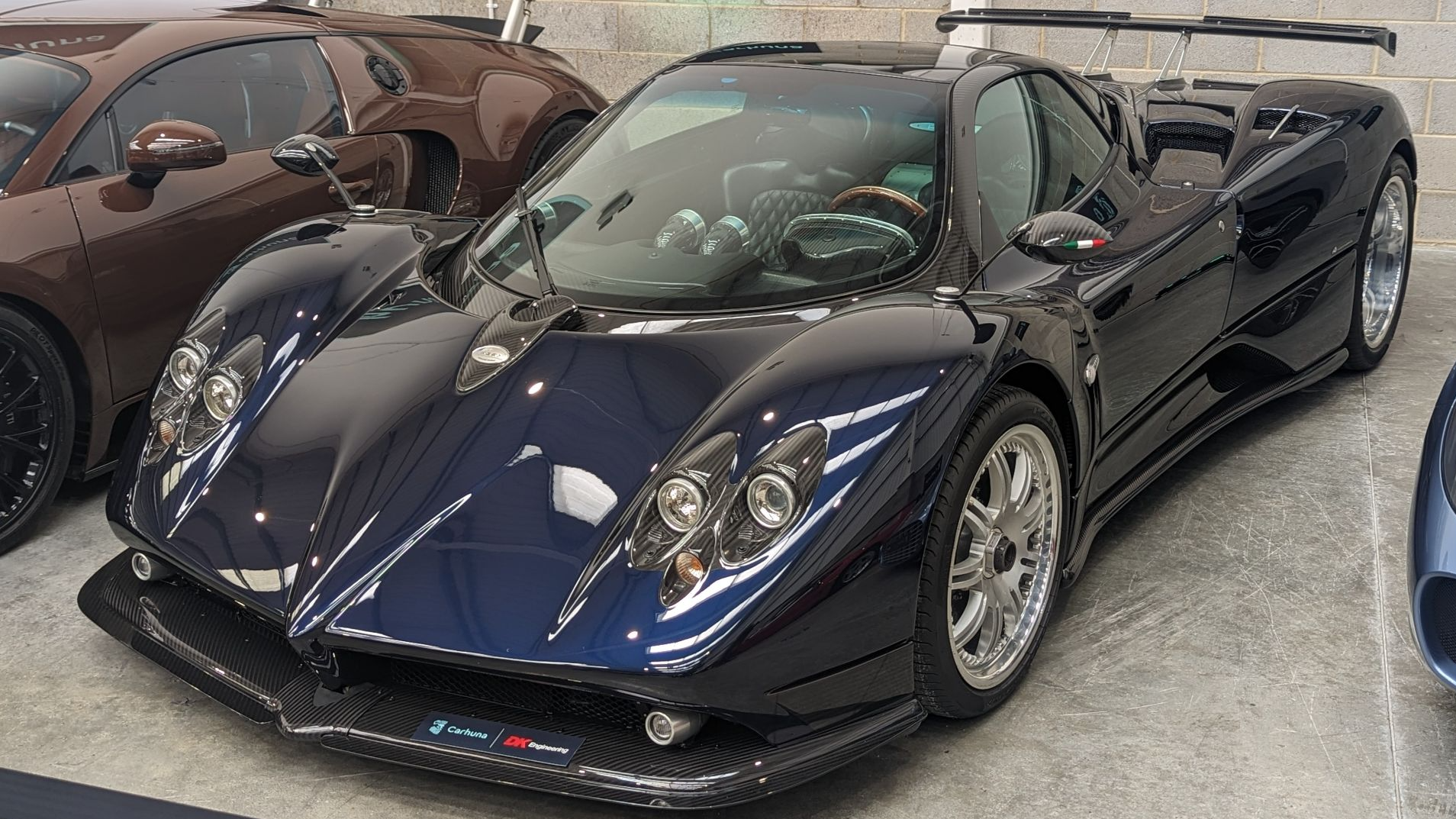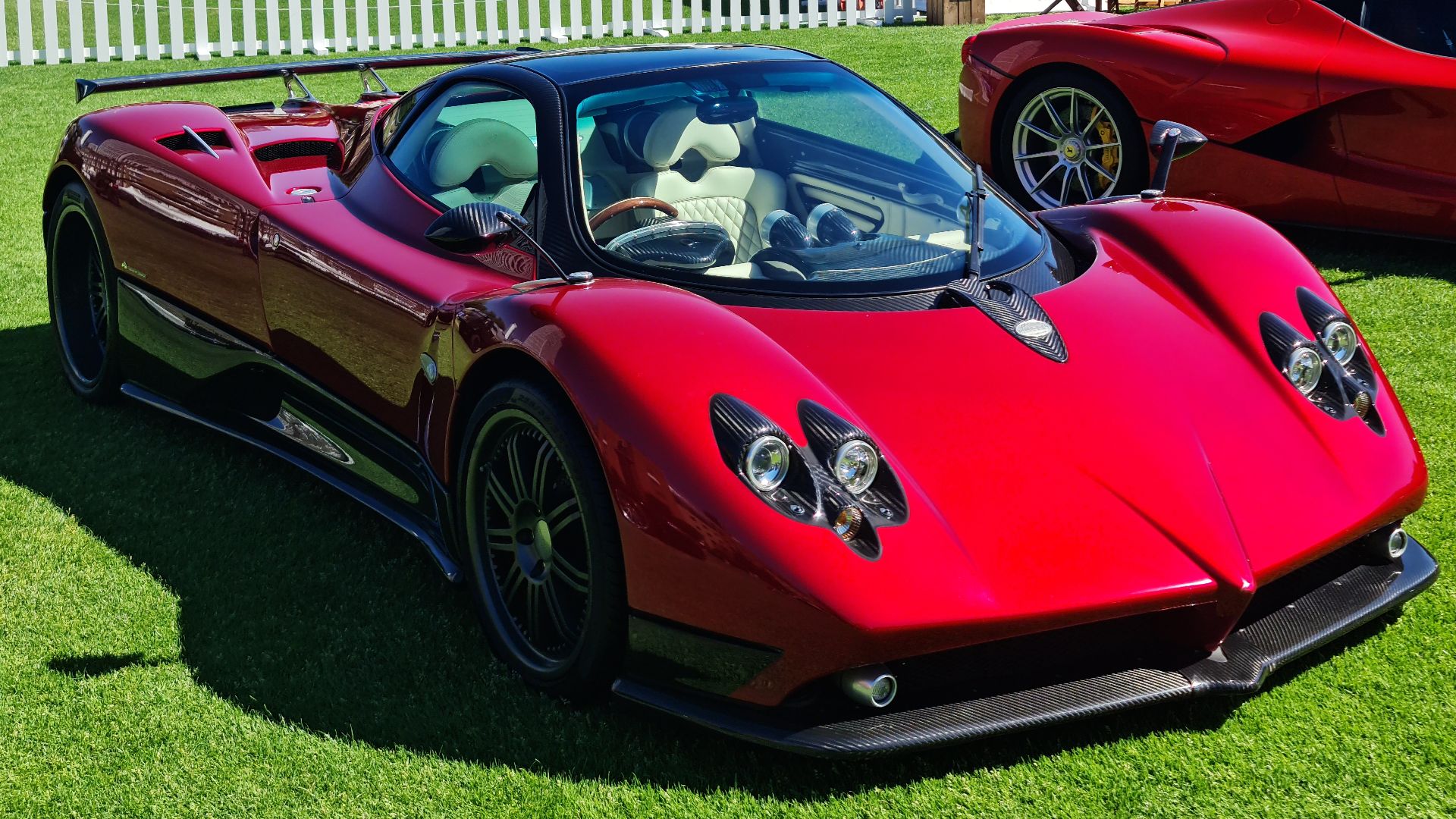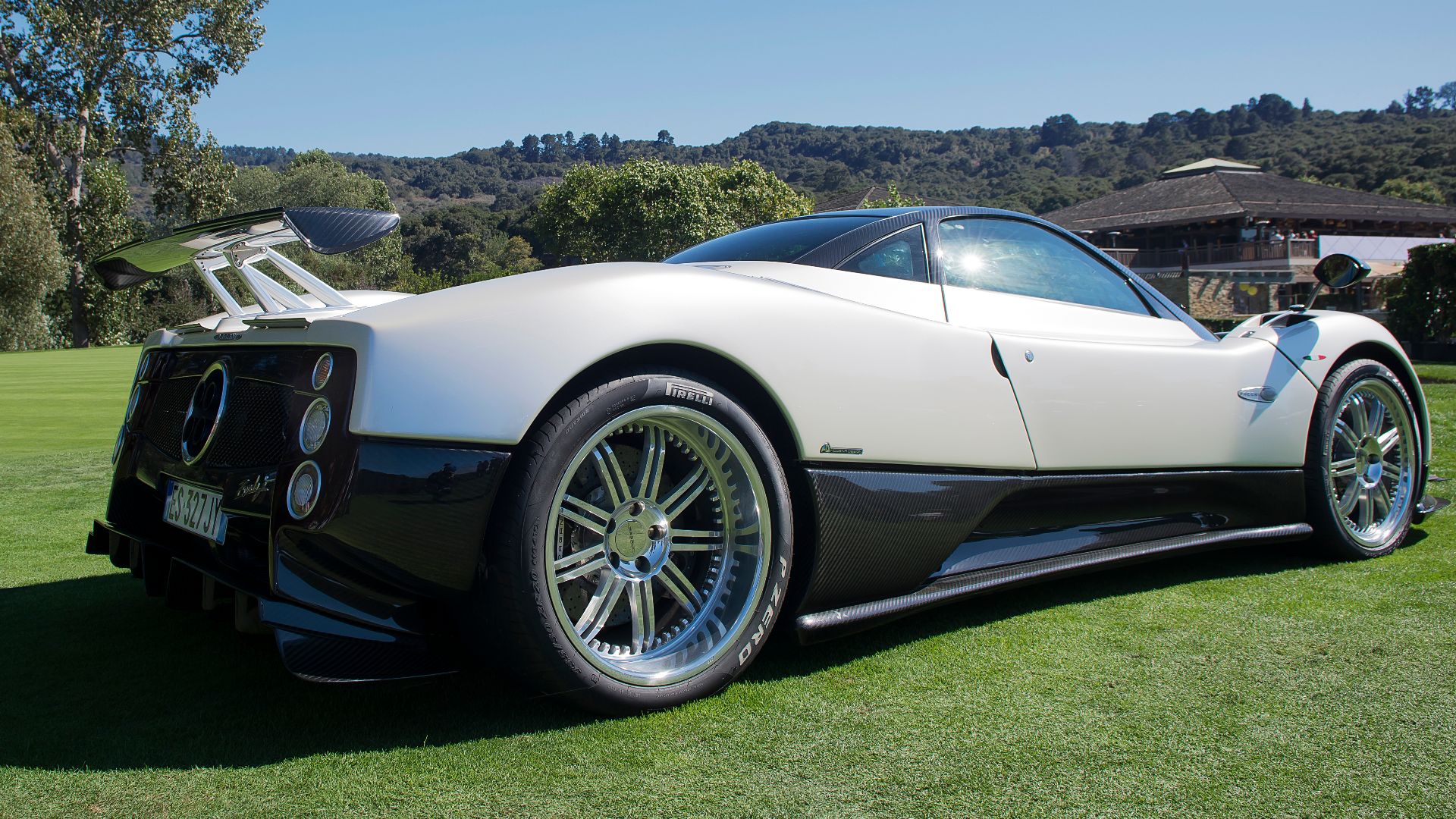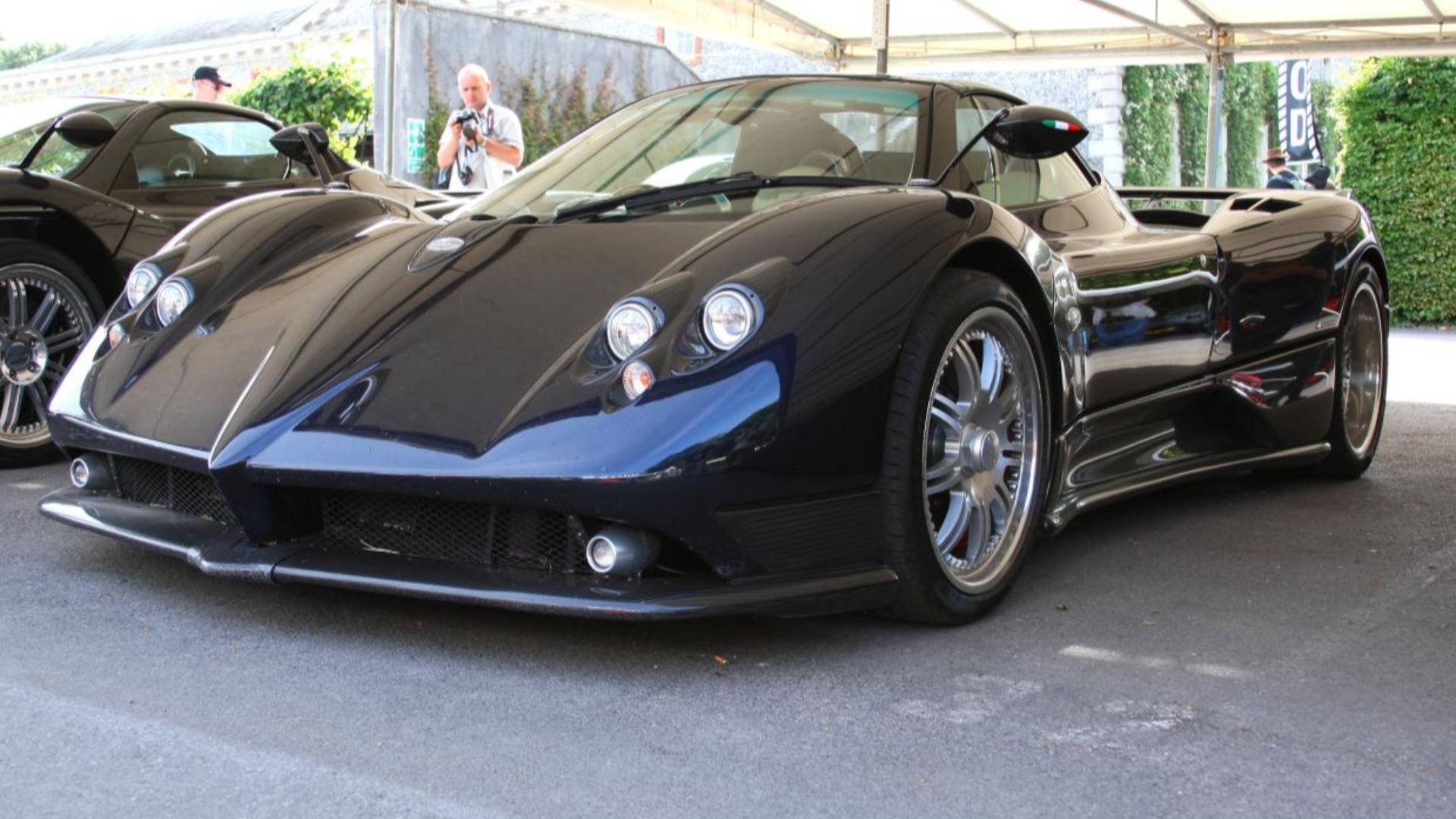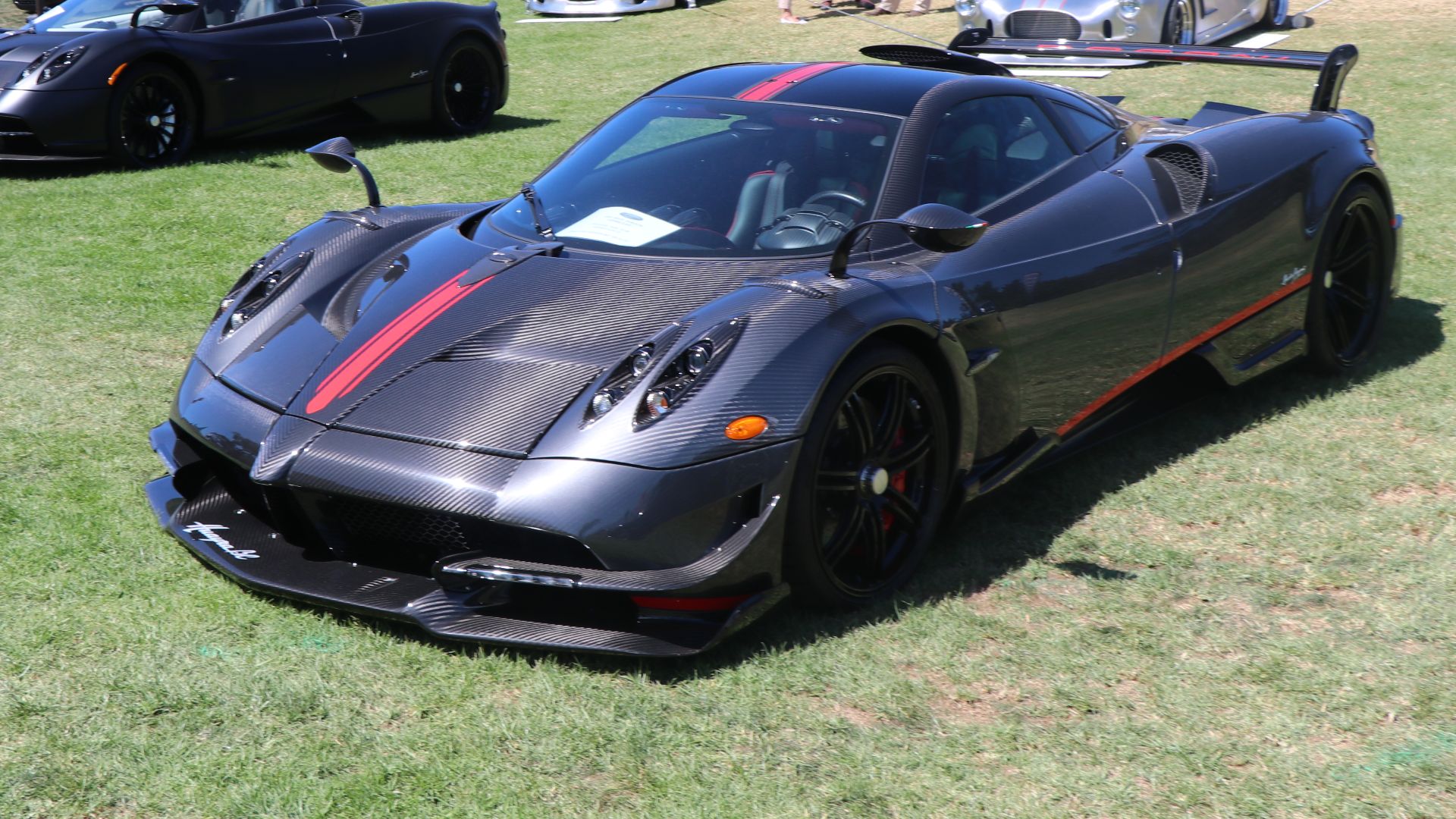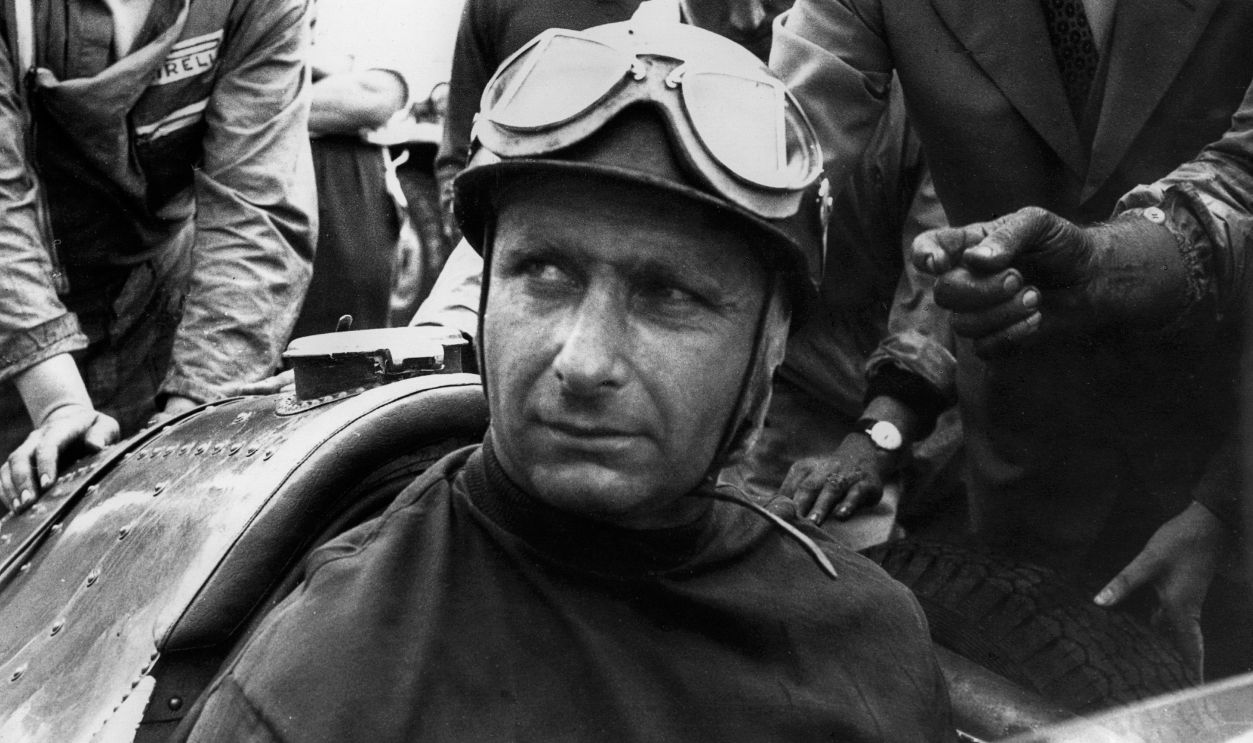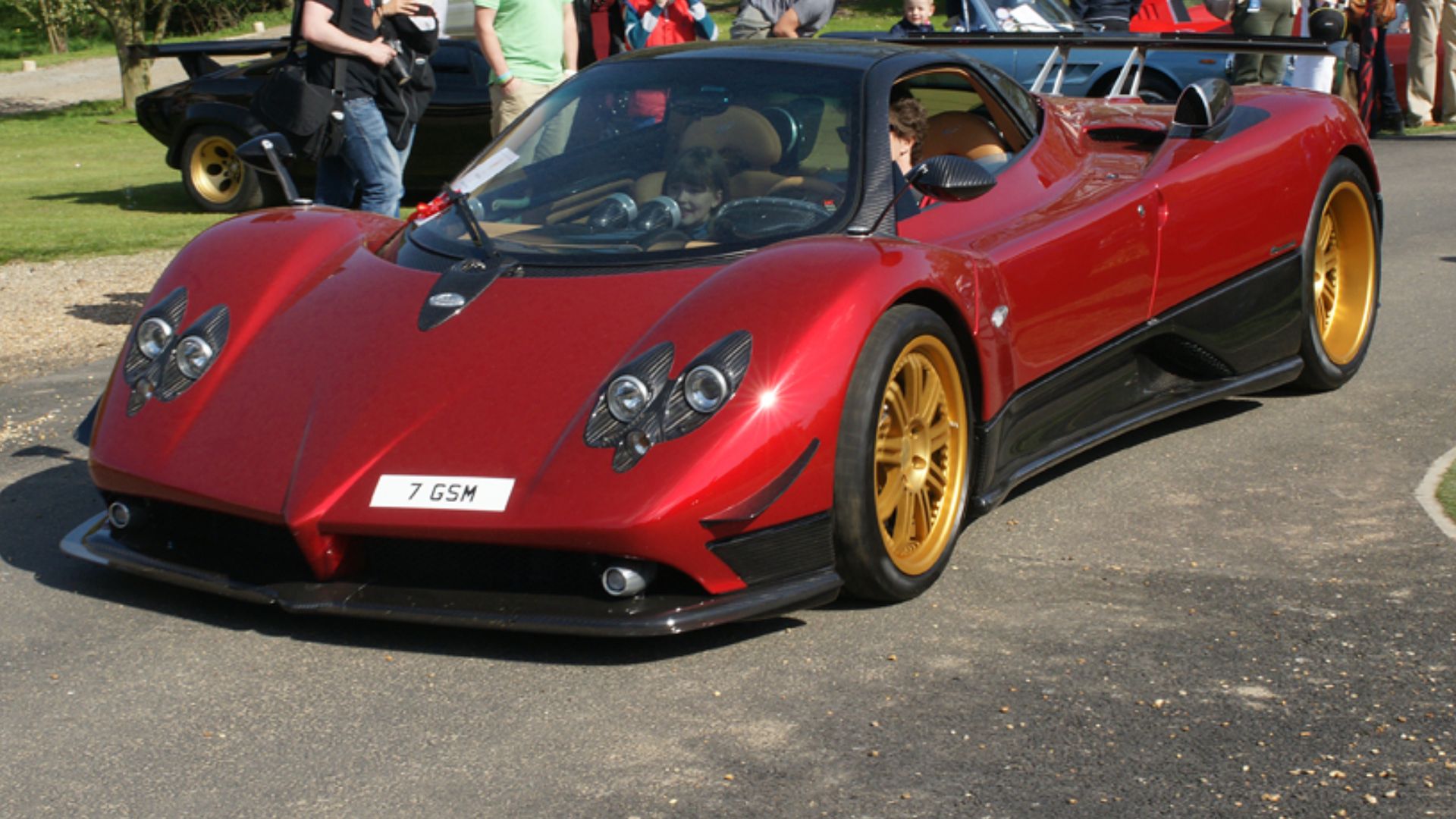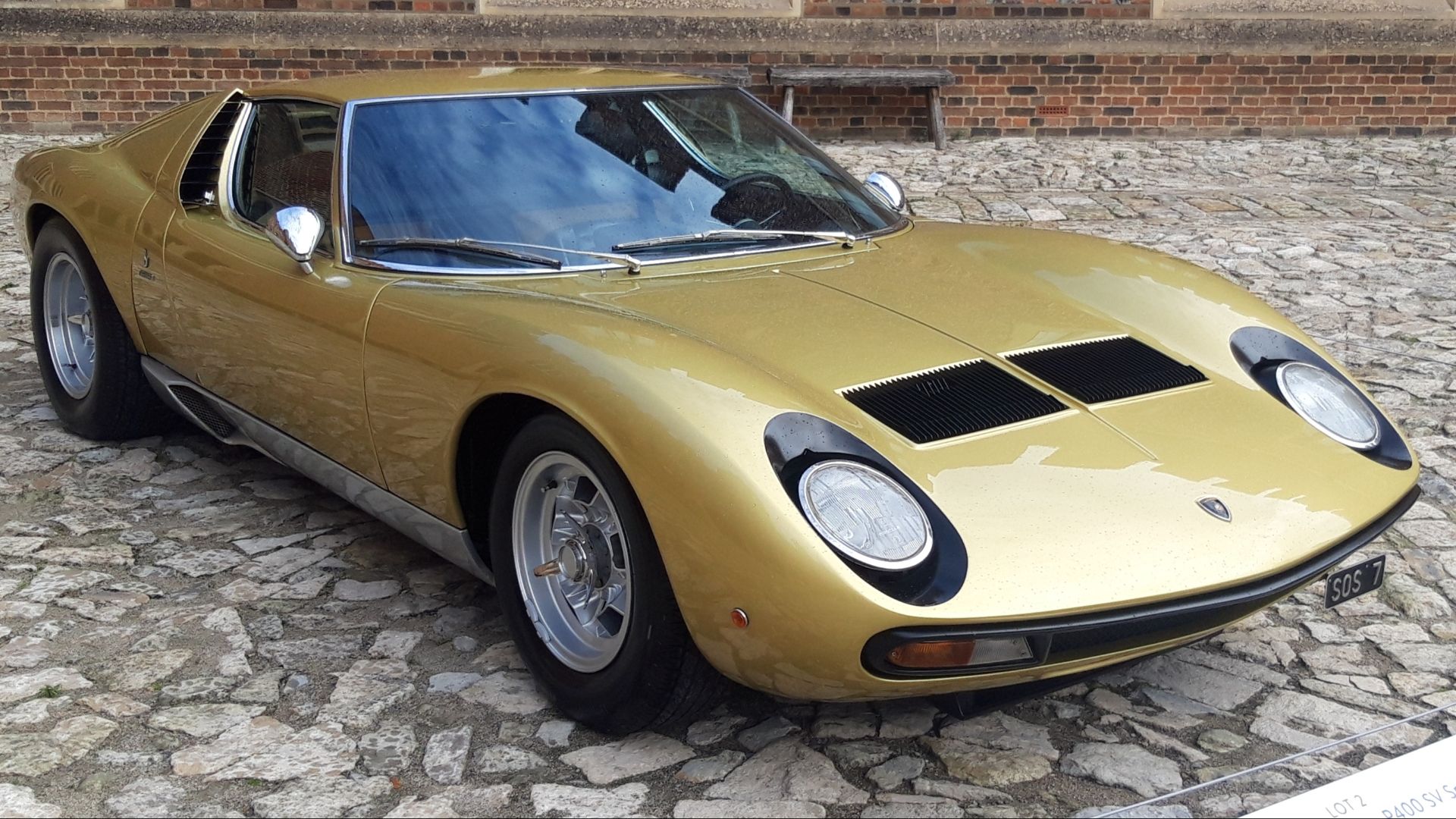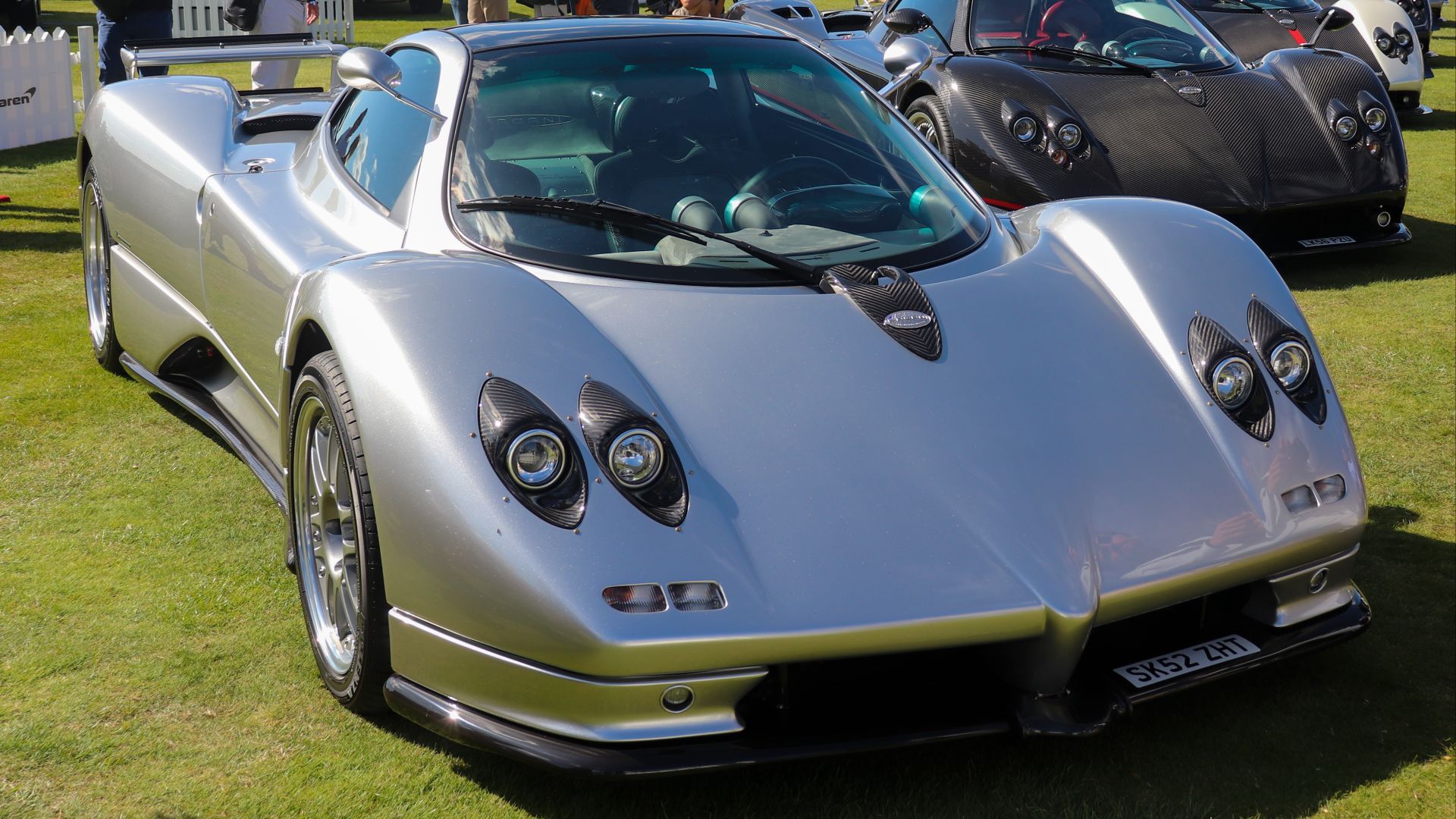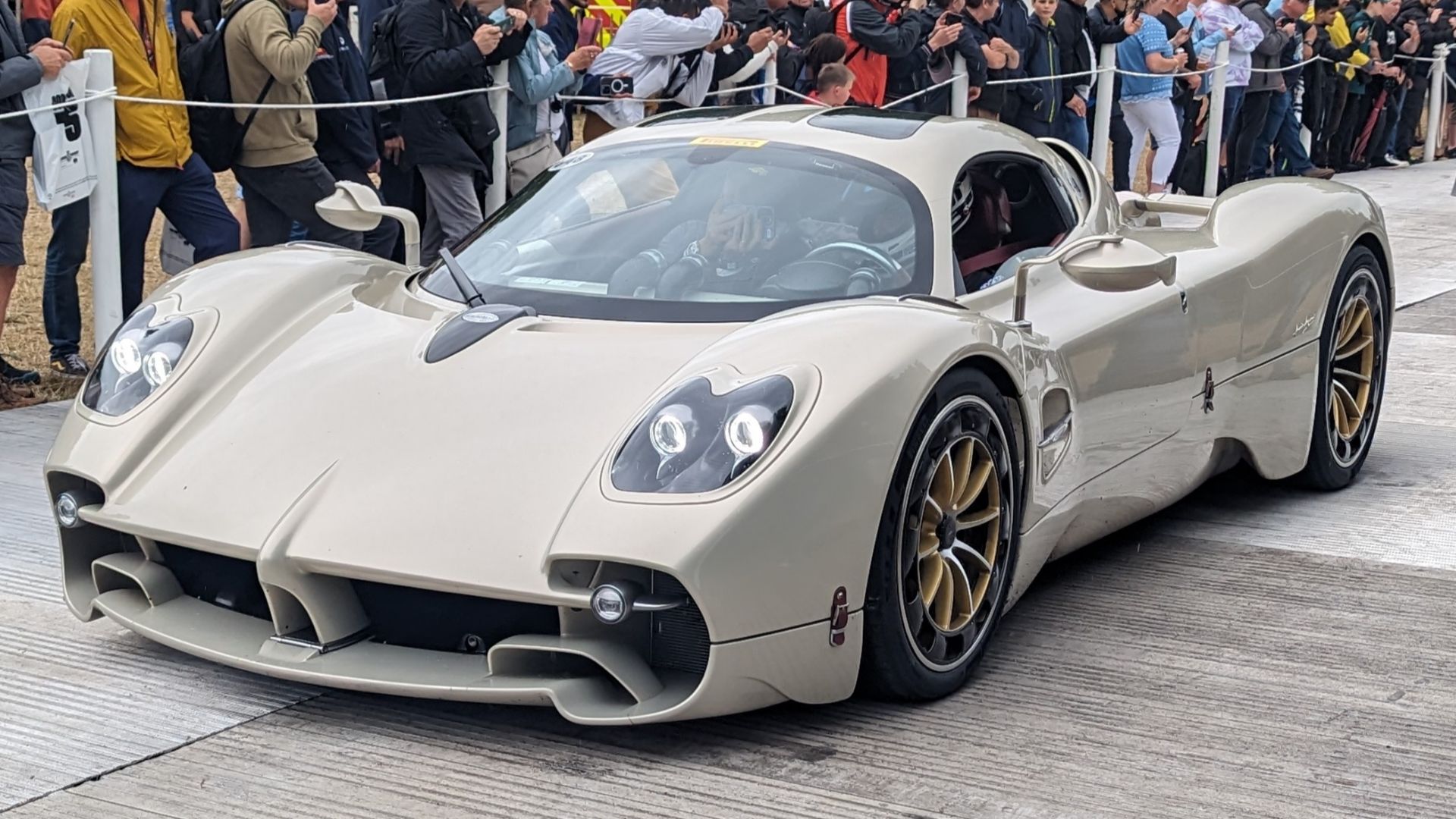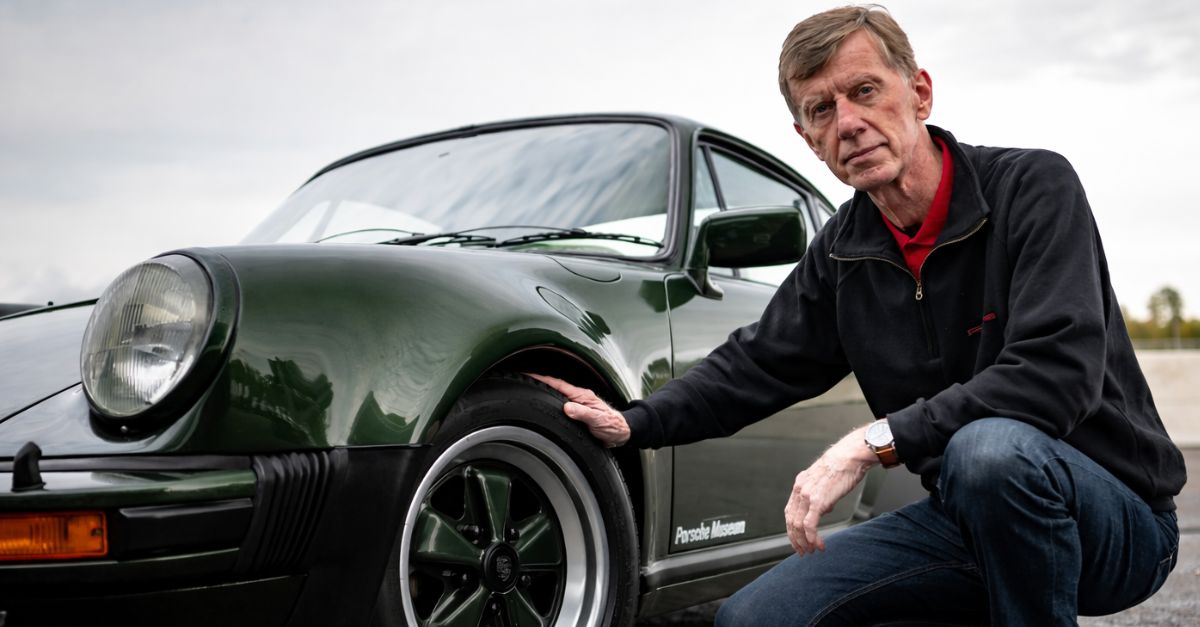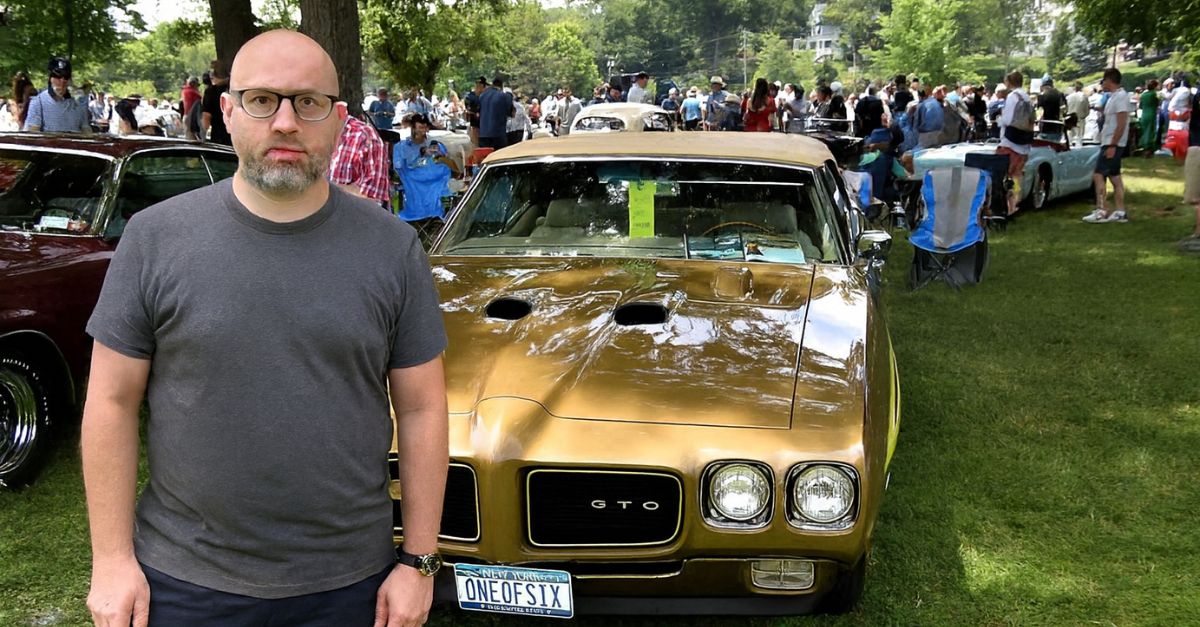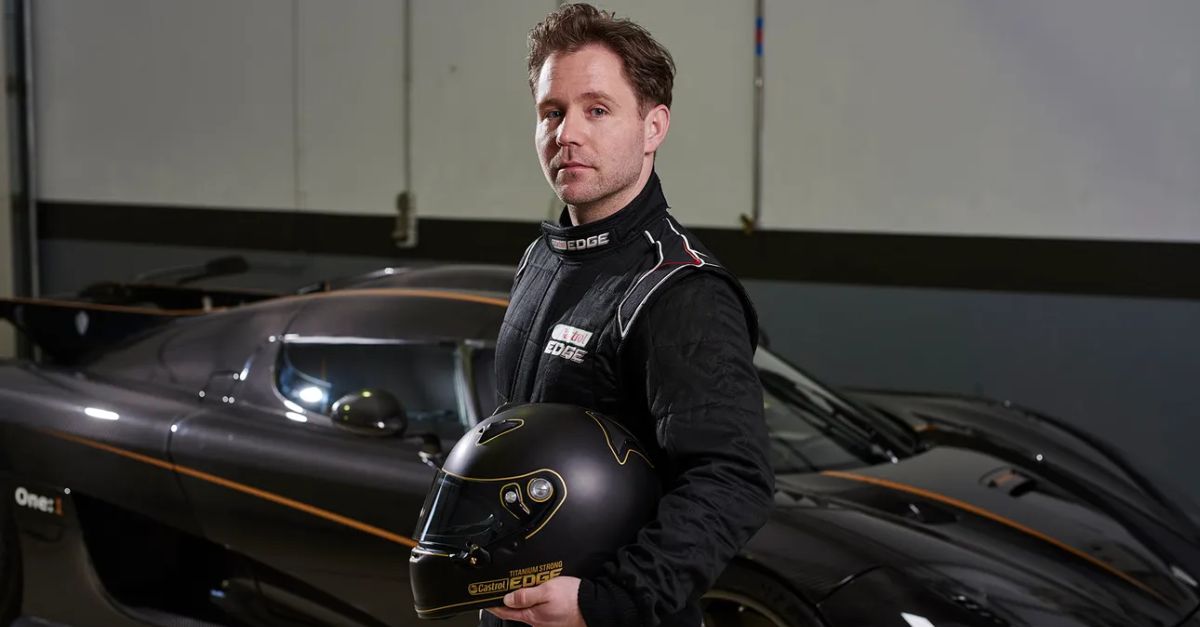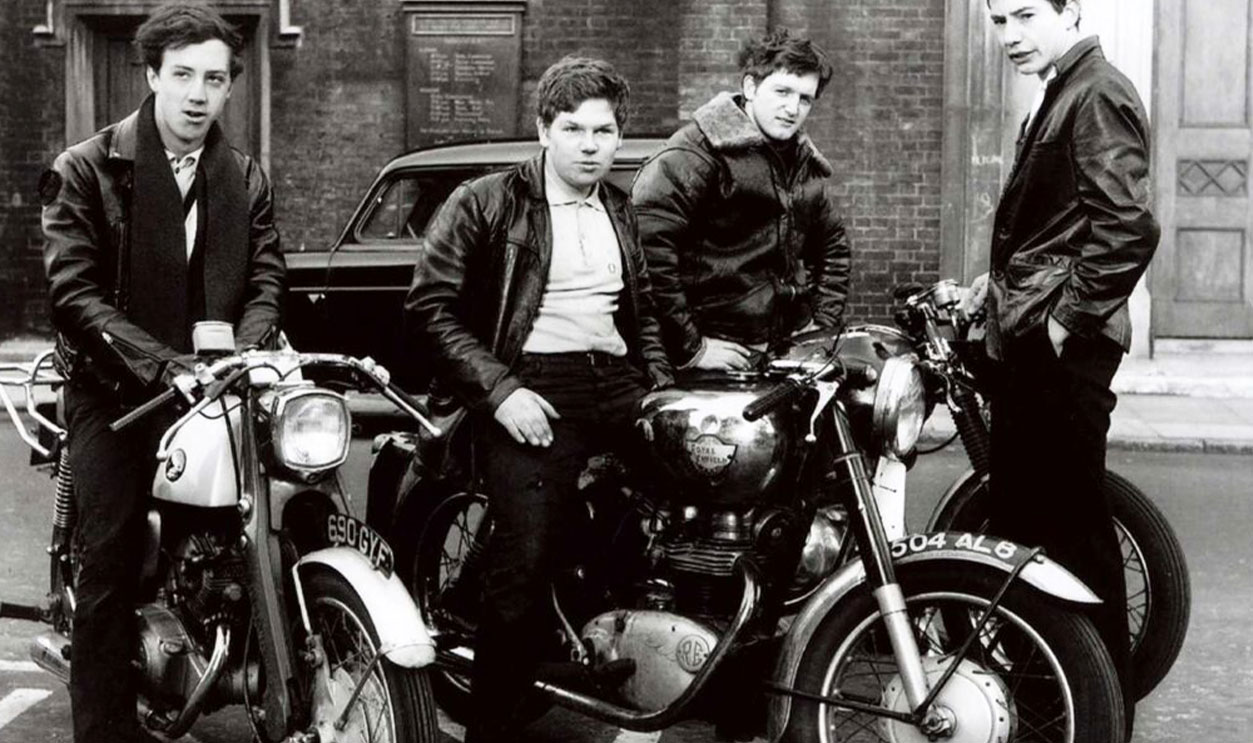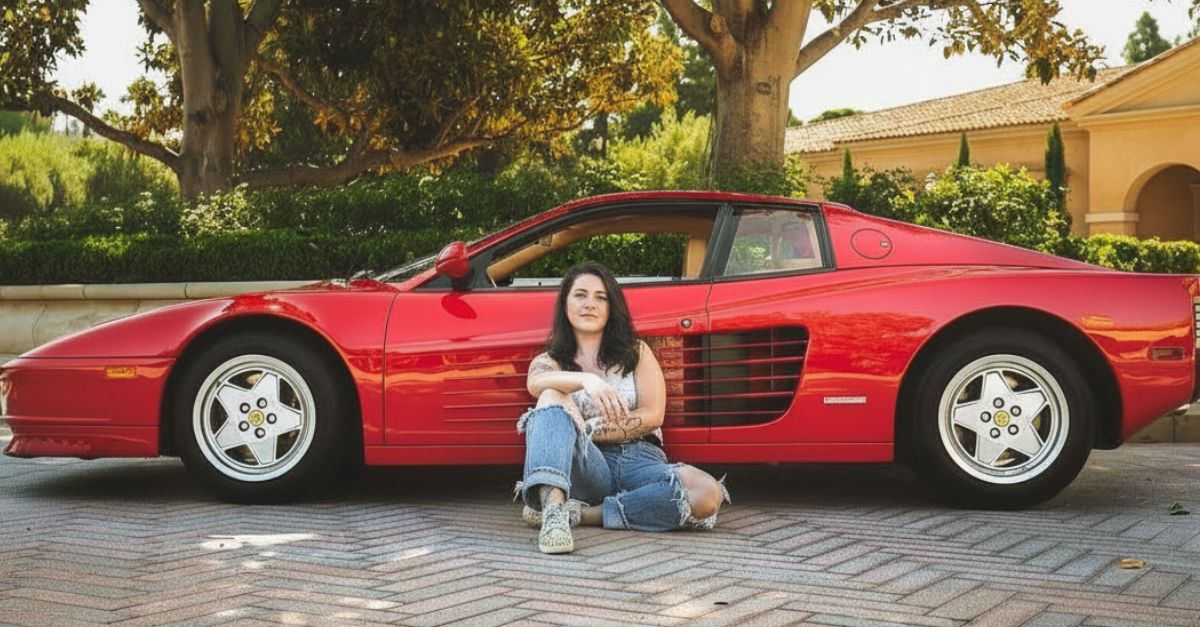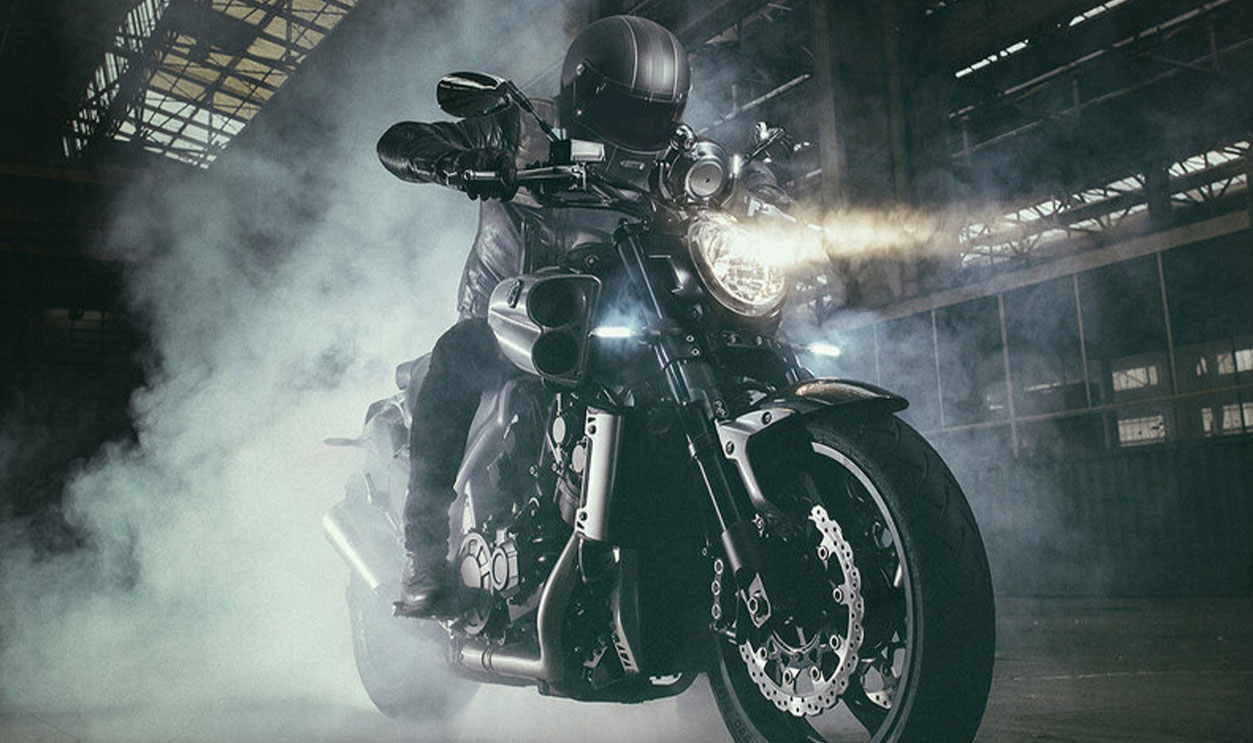The Underdog Who Out-Engineered The Establishment
Horacio Pagani’s story reads like a garage-tinker’s daydream turned V12 opera: a kid from rural Argentina who took on the old-guard of Modena and built a new kind of supercar—light, obsessive, and achingly beautiful. Here’s how he rose from sanding fiberglass to creating the Zonda F and a brand that made giants like Ferrari and Lamborghini take notice.
From Casilda To Carbon Fiber
Born in Casilda, Santa Fe, Argentina (1955), Pagani mixed hands-on ingenuity with an artist’s eye—qualities he credits to his baker father and artist mother. Those early DIY minibikes and dune buggies weren’t just hobbies; they were the first drafts of a life devoted to design and materials.
Chasing The Modena Dream
Like many South American dreamers before him, Pagani aimed for Italy. By the 1980s he’d made it to Modena, the spiritual home of supercars, where craft, competition, and pride are welded into every rivet. His path soon ran through Sant’Agata Bolognese.
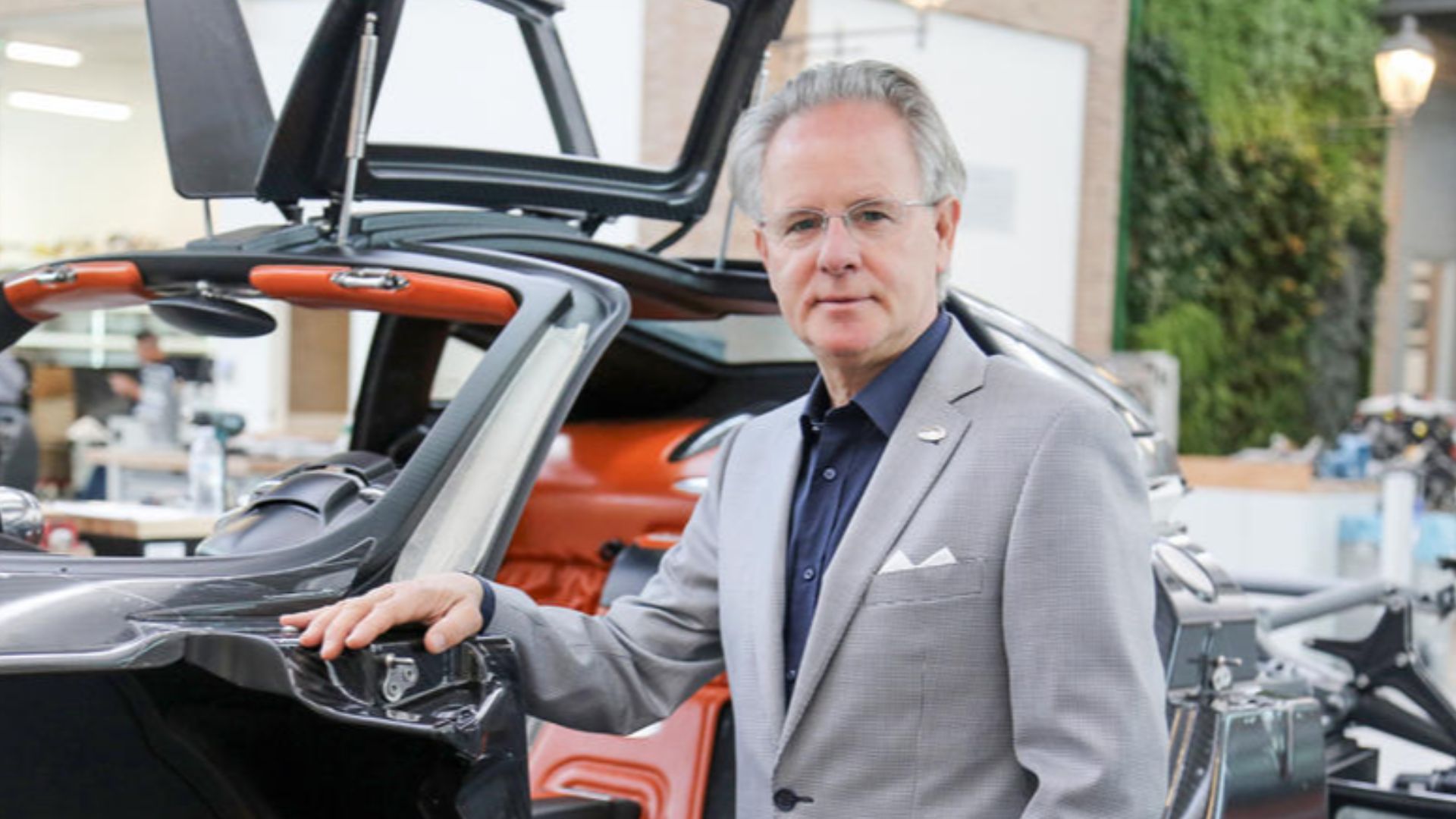 RizwanRzaKhan, Wikimedia Commons
RizwanRzaKhan, Wikimedia Commons
Apprenticeship At Lamborghini
Pagani joined Lamborghini, rising to oversee its nascent composites department. Working on the Countach and later projects, he saw carbon fiber not just as a racing trick, but as the future backbone of road-going exotics.
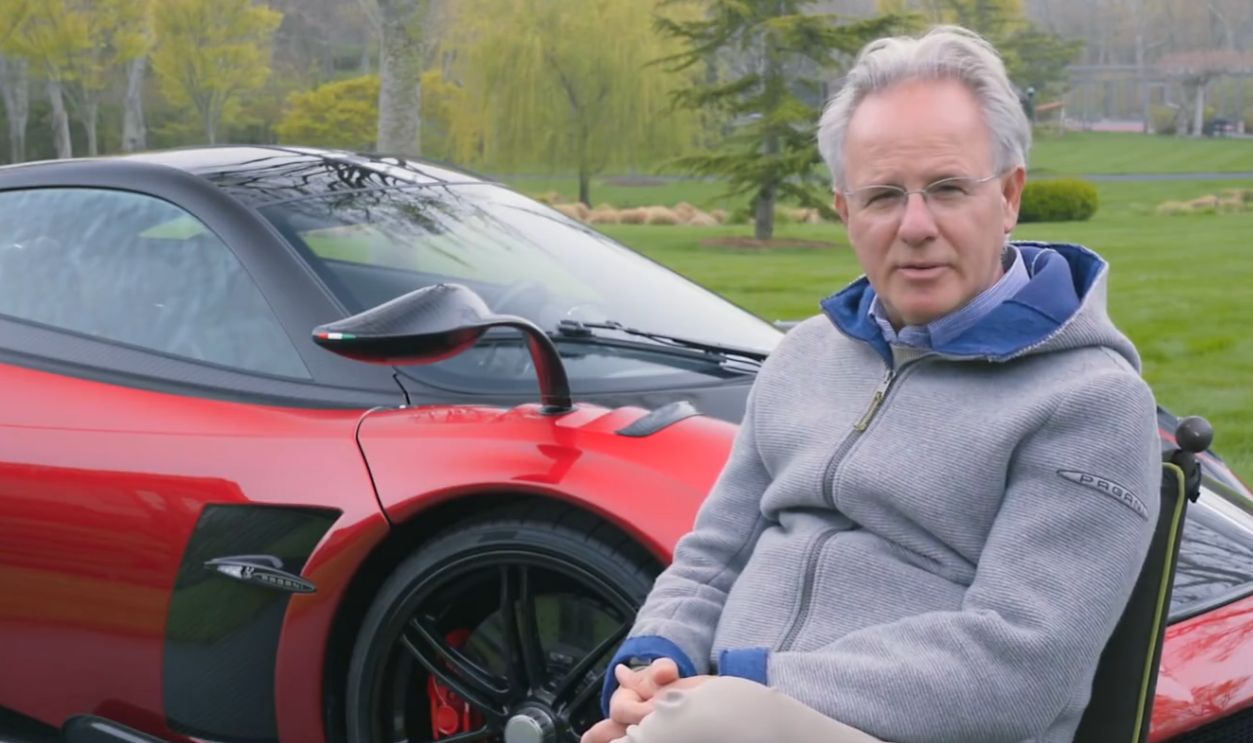 Pagani Huayra BC Unveiling to Caiola Family - Interview by Horacio Pagani, Miller Motorcars
Pagani Huayra BC Unveiling to Caiola Family - Interview by Horacio Pagani, Miller Motorcars
The Countach Evoluzione: A Carbon Manifesto
In 1987, under Pagani’s direction, Lamborghini built the Countach Evoluzione—a composite-intensive prototype that slashed weight and previewed modern supercar construction. It wasn’t a show car; it was a proof of concept that changed the conversation around materials.
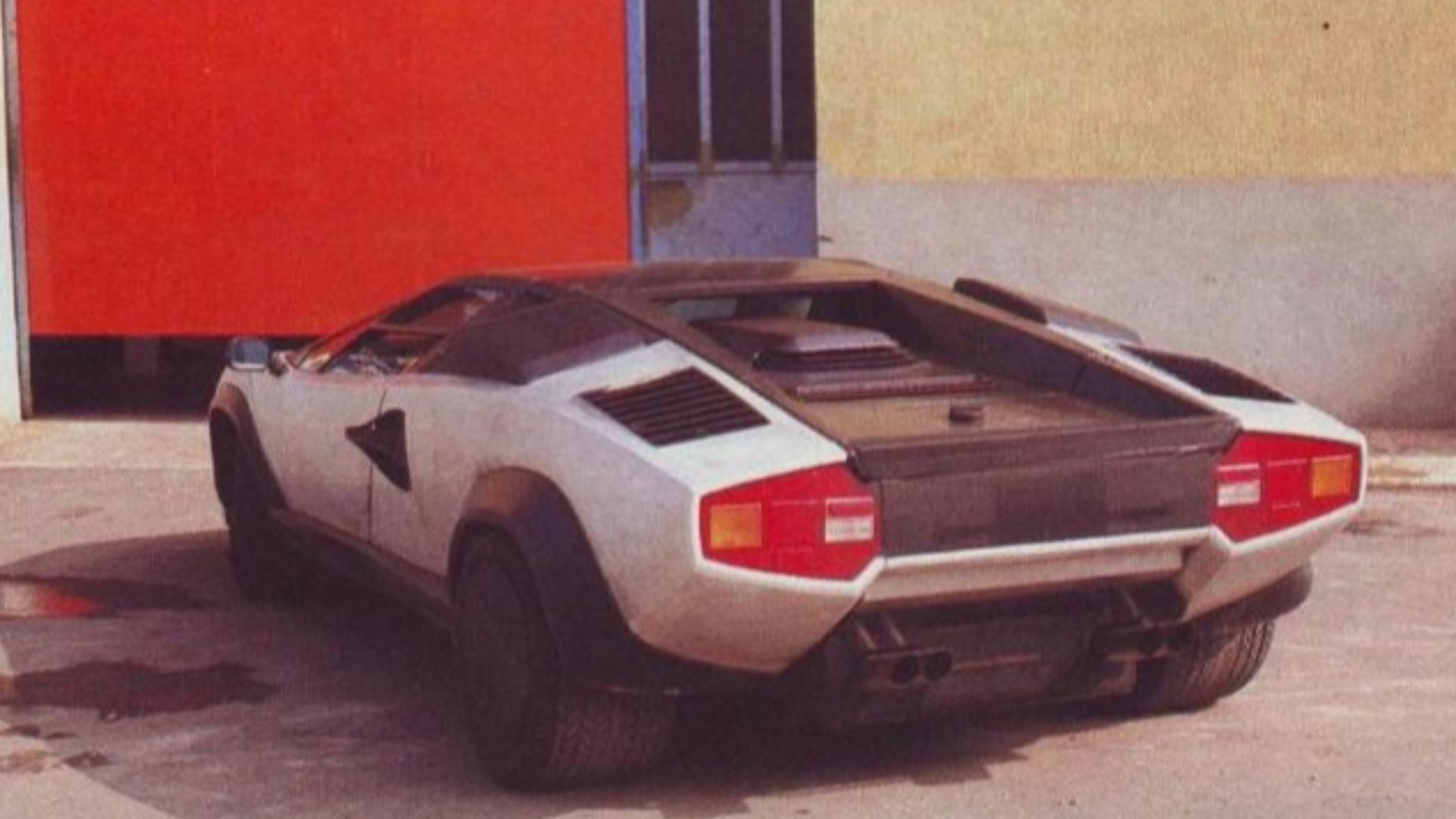 Unknown authorUnknown author, Wikimedia Commons
Unknown authorUnknown author, Wikimedia Commons
The Autoclave Disagreement
Pagani urged Lamborghini to invest in an autoclave to industrialize carbon components. The board balked (“Ferrari doesn’t have one”). Pagani, convinced, secured a bank loan and bought his own. That stubborn bet set the stage for independence.
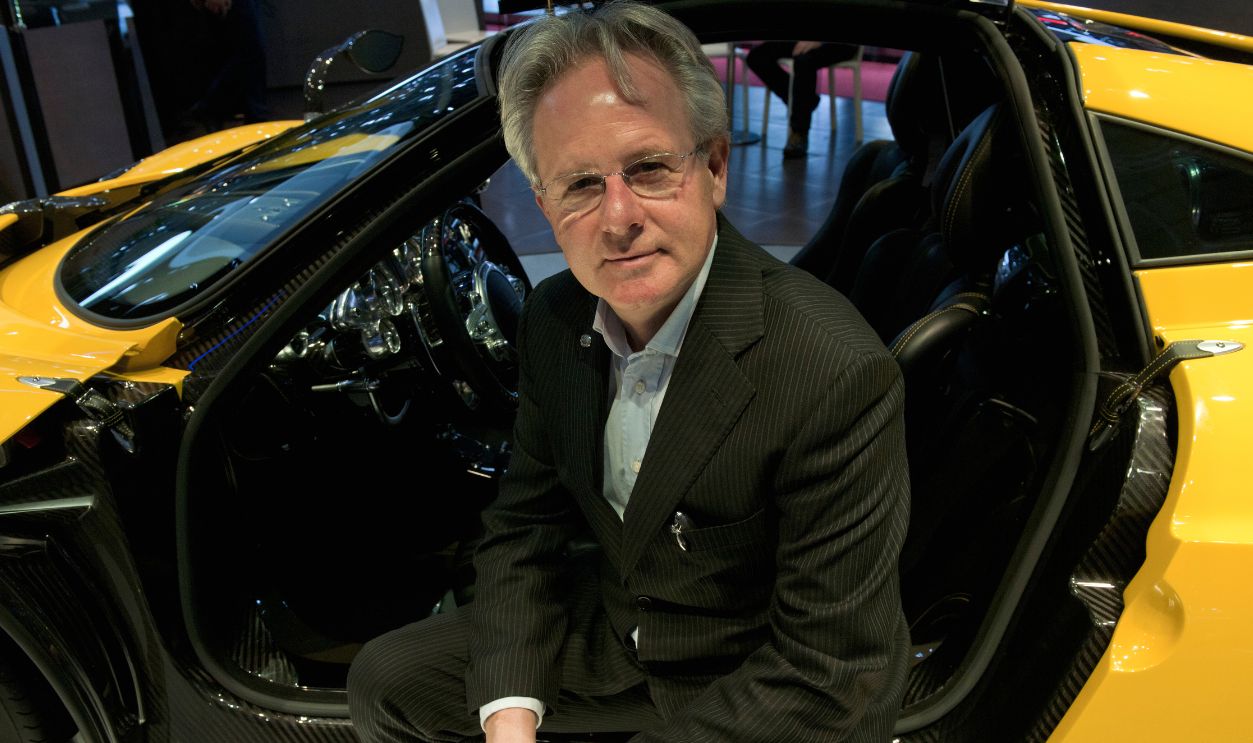 Jean-Marc ZAORSKI, Getty Images
Jean-Marc ZAORSKI, Getty Images
Modena Design: Independence With A Purpose
Leaving Lamborghini in 1991, he founded Modena Design to supply advanced composites to elite clients—F1 teams, Daimler, and Ferrari among them—while quietly preparing to build his own car. This was the skunkworks behind the dream.
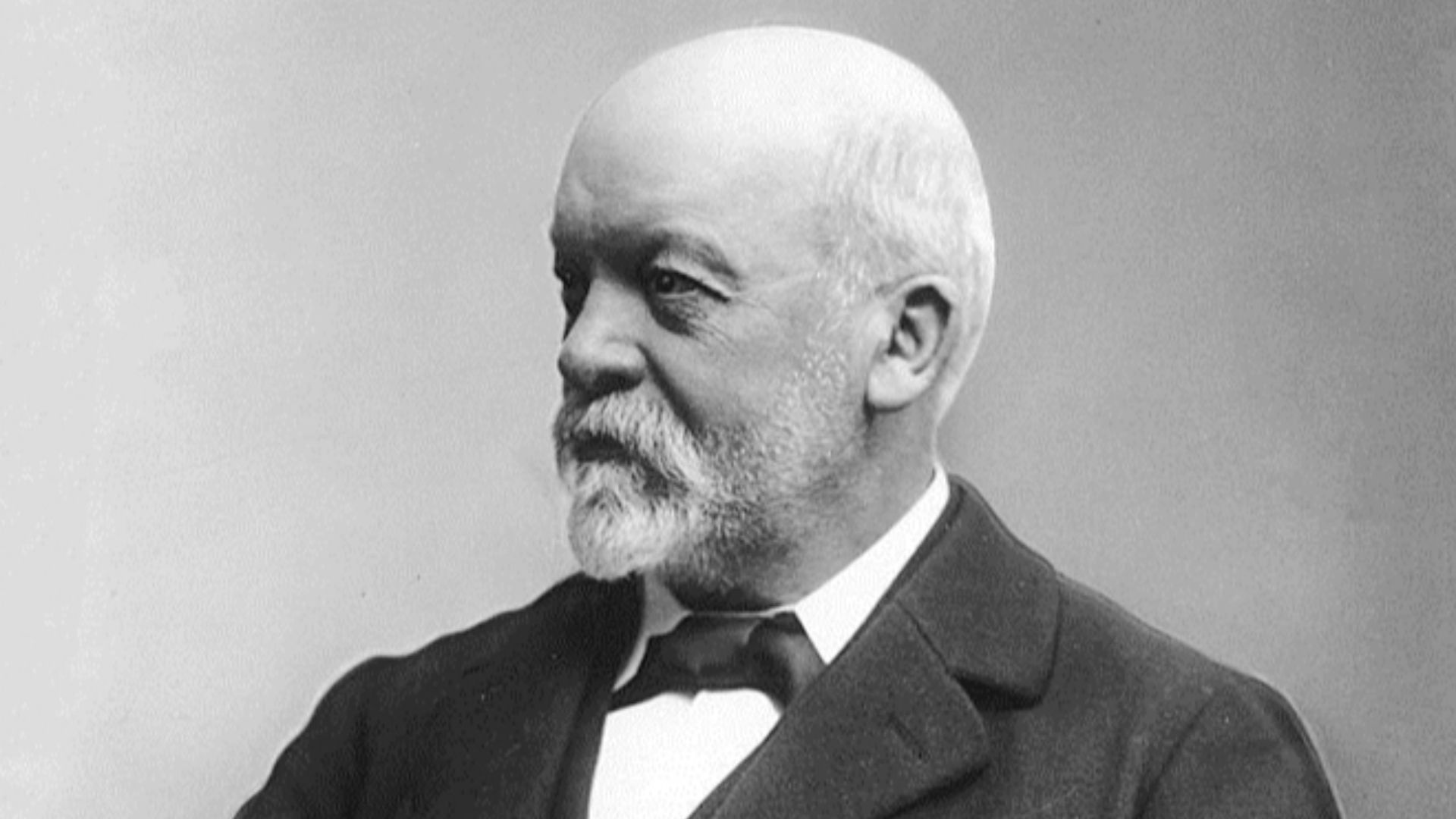 Unknown authorUnknown author, Wikimedia Commons
Unknown authorUnknown author, Wikimedia Commons
Meeting A Hero: Fangio’s Blessing
Fellow Argentine legend Juan Manuel Fangio believed in Pagani’s vision and introduced him to Mercedes-Benz. That meeting unlocked AMG V12 engines for a car initially called “Fangio F1”—the spiritual seed of the Zonda.
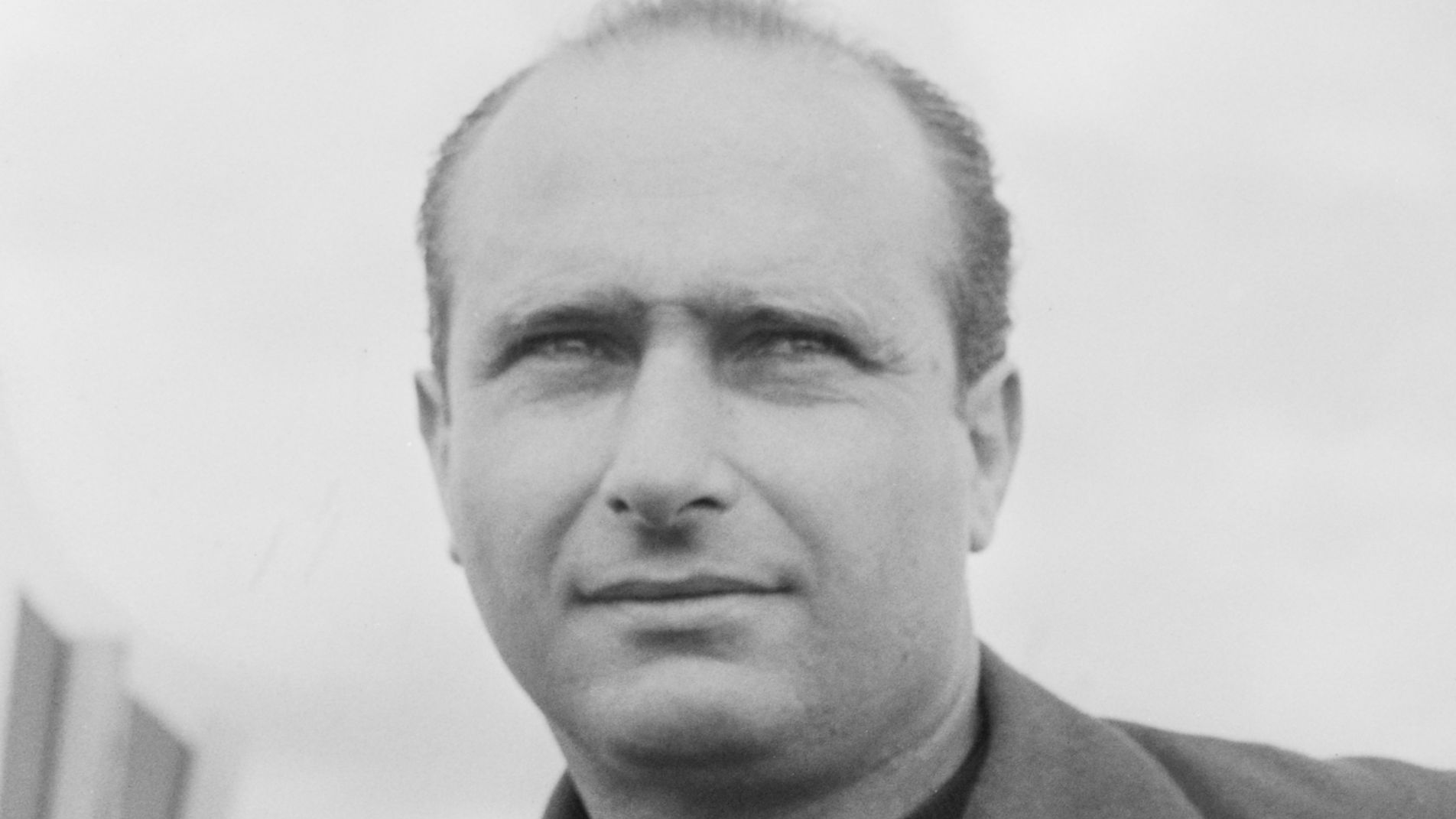 Bjorn Fjortoft, Wikimedia Commons
Bjorn Fjortoft, Wikimedia Commons
From Fangio F1 To Zonda
After Fangio’s passing, the prototype was renamed Zonda; the first production Zonda C12 debuted at Geneva in 1999 with a 6.0-liter Mercedes-AMG V12. The myth had entered the arena, armed with wind-tunnel data and carbon craftsmanship.
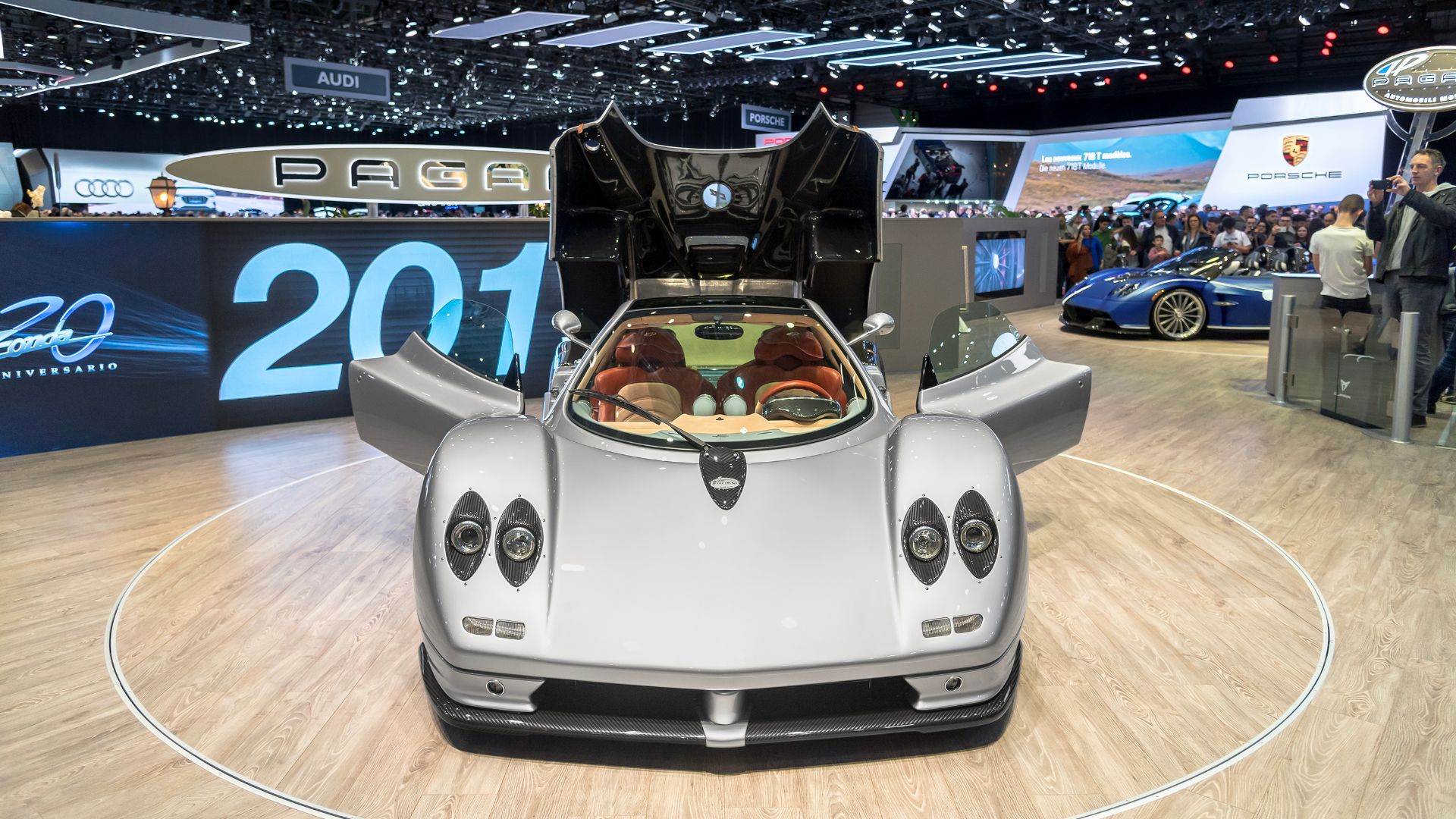 Alexandre Prevot from Nancy, France, Wikimedia Commons
Alexandre Prevot from Nancy, France, Wikimedia Commons
Art Meets Engineering
Pagani’s mantra: technology in service of beauty. His cars aren’t only fast; they’re galleries on wheels—CNC-sculpted metal, exposed weave, and details that feel Swiss-watch precise. The company’s own history describes each model as an “atelier” creation.
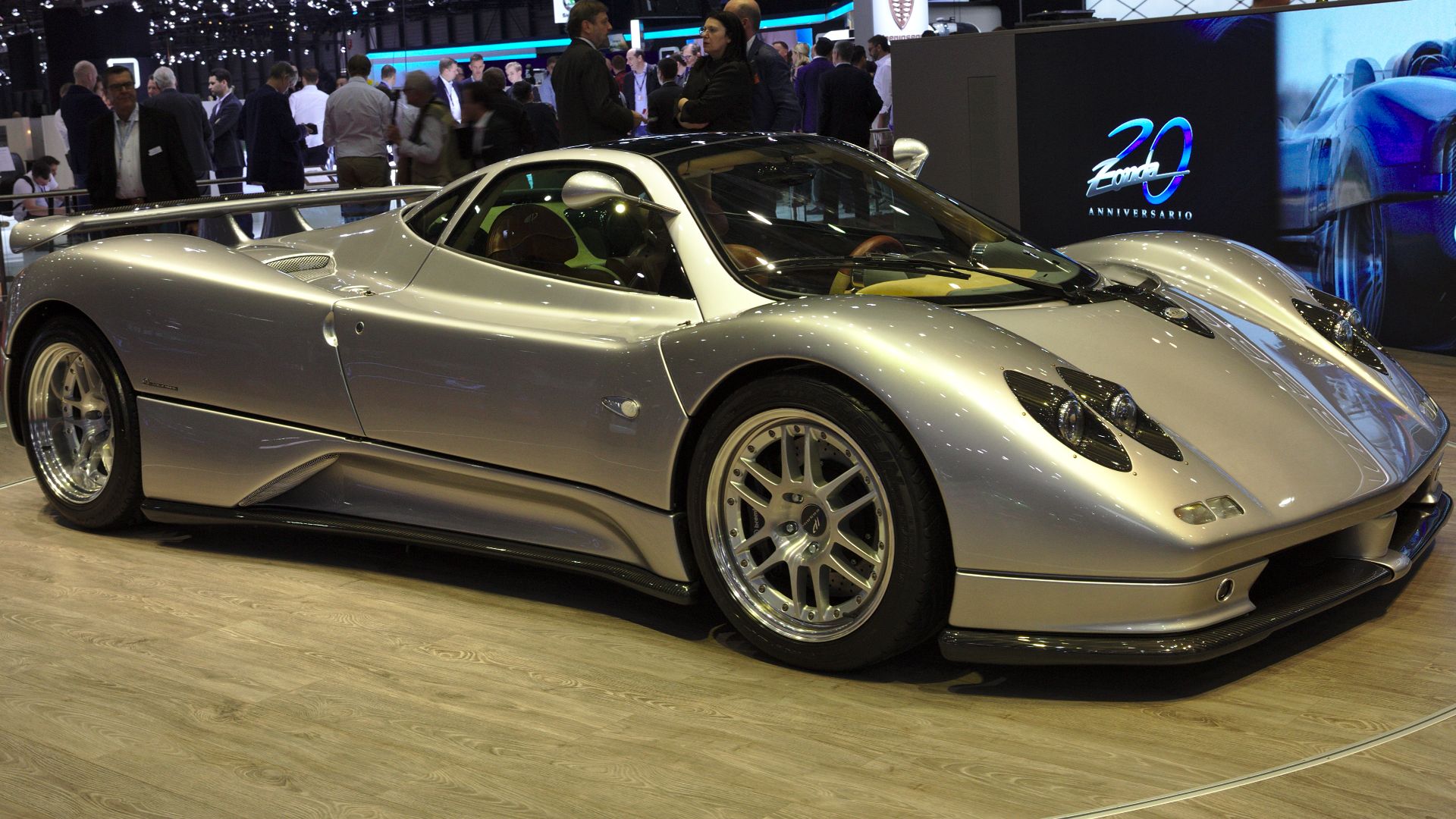 Alexander Migl, Wikimedia Commons
Alexander Migl, Wikimedia Commons
Building A Brand Without Compromise
Low volume, obsessive finishing, and materials leadership gave Pagani a distinct identity. Where rivals leaned on racing pedigree, Pagani leaned on virtuosity: the idea that a road car could be a wearable piece of art.
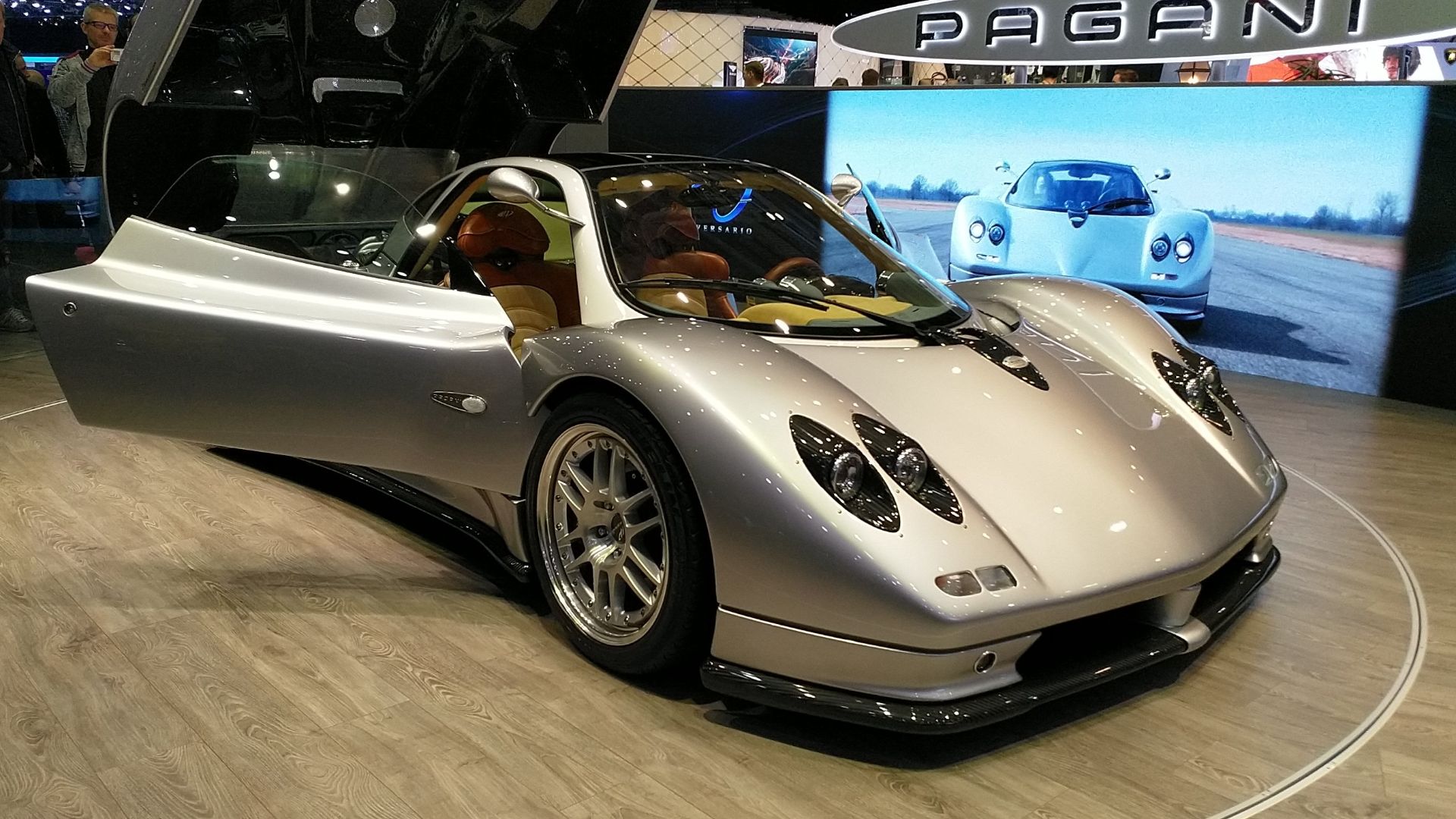 Handelsgeselschaft, Wikimedia Commons
Handelsgeselschaft, Wikimedia Commons
Enter The Pagani Zonda F
Unveiled at the 2005 Geneva Motor Show, the Zonda F was the most comprehensively re-engineered Zonda yet—named for Fangio and dedicated to his philosophy of lightness, safety, performance, and inventiveness.
Powertrain With A Silver Arrow Heart
At its core: the AMG-built 7.3-liter M297 V12, breathing freer with revised intake, exhaust, and ECU for 602 PS and 760 Nm. That orchestral, naturally aspirated surge defined the F’s character as much as its carbon soul.
Numbers That Matter
Zonda F’s quoted top speed reached ~345 km/h and 0–100 km/h in 3.6 s. The optional Clubsport package pushed output higher (to ~650 PS) and trimmed acceleration to about 3.4 s—serious heat against the era’s titans.
Brakes, Aero, & The Craft Of Going Faster
The F introduced optional 380 mm carbon-ceramic brakes (a Pagani first), a reprofiled nose, new rear wing, underbody aero tweaks, and a more rigid crash structure using an evolved “Z-preg” carbon weave—all to trim weight and sharpen response.
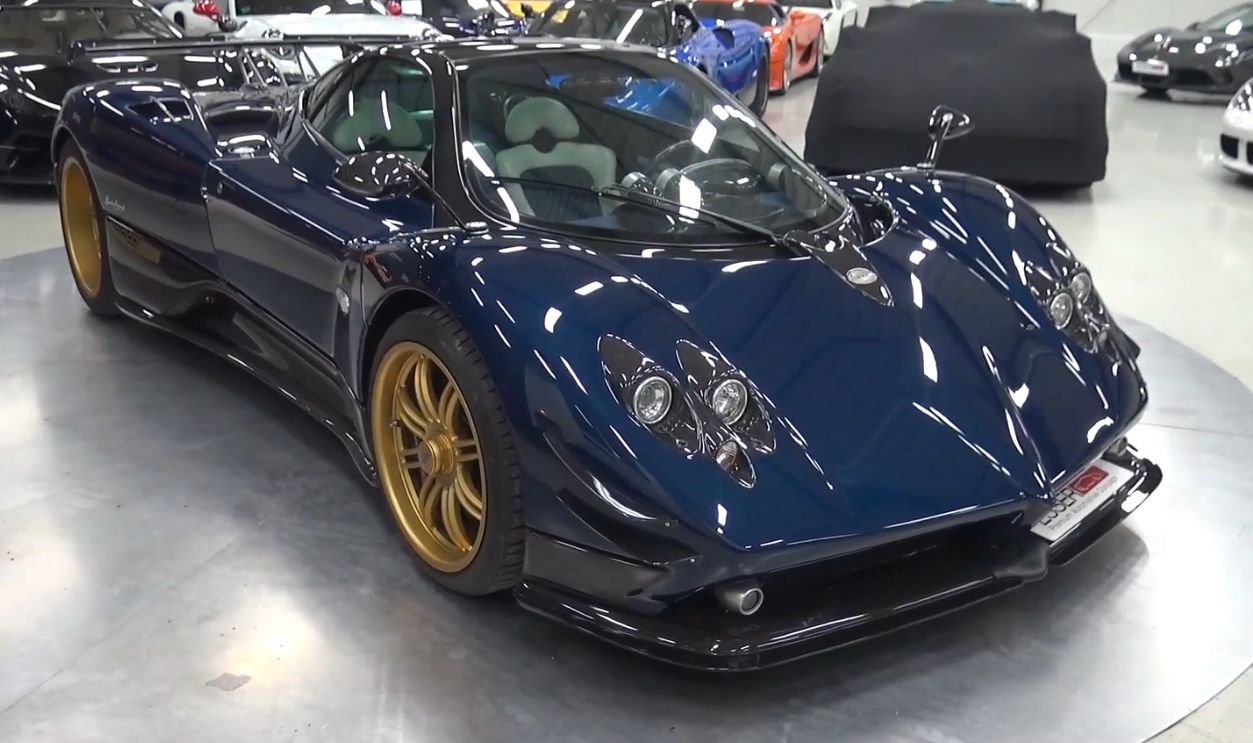 Driving a Pagani Zonda F at 200mph on the Autobahn FLAT OUT!, Shmee150
Driving a Pagani Zonda F at 200mph on the Autobahn FLAT OUT!, Shmee150
Sculpted Details, Purposeful Changes
Beyond the extra headlamp and fog-light arrangement, the F wore new mirrors, vents, and OZ alloys, plus an Inconel exhaust and hydroformed aluminum intake plenum—functional jewelry in classic Pagani fashion.
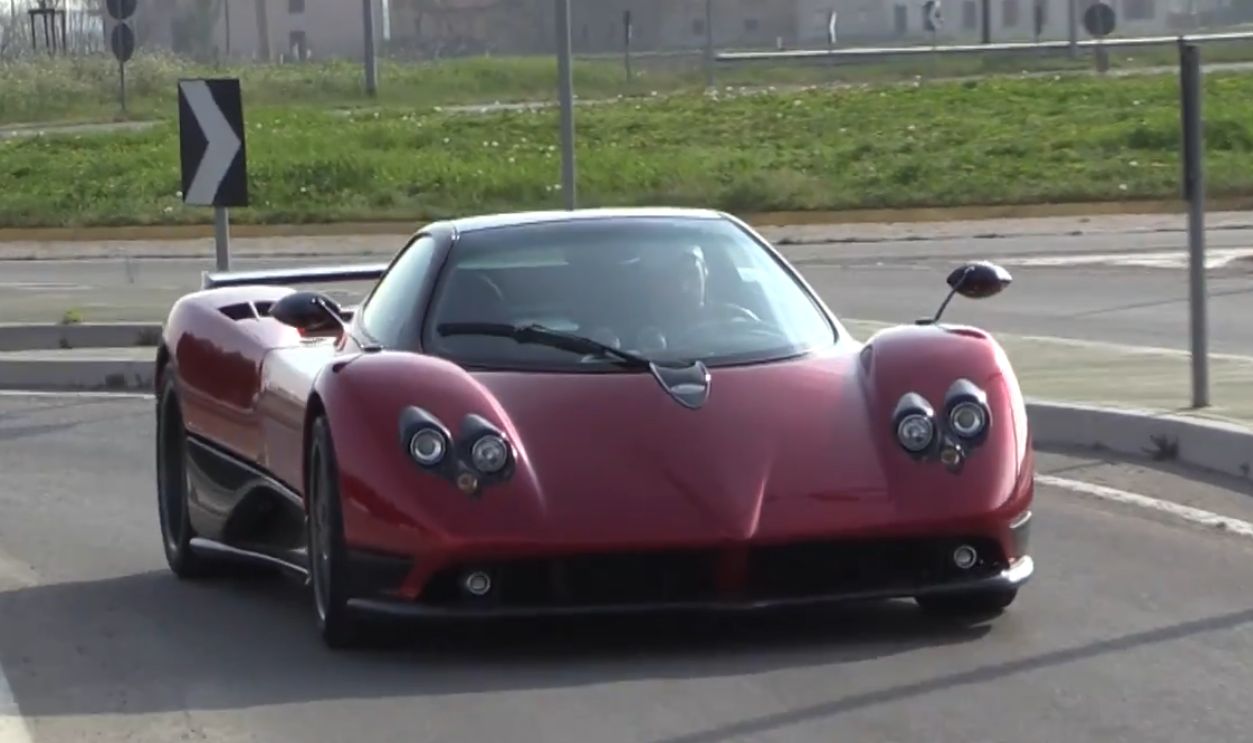 Pagani Zonda F Sound - Revs & Accelerations, 19Bozzy92
Pagani Zonda F Sound - Revs & Accelerations, 19Bozzy92
Built In Rarity
Only 25 Zonda F coupes were planned, with additional Roadster F variants following. Each car involved a level of handwork and customization that made them rolling signatures more than mere model years.
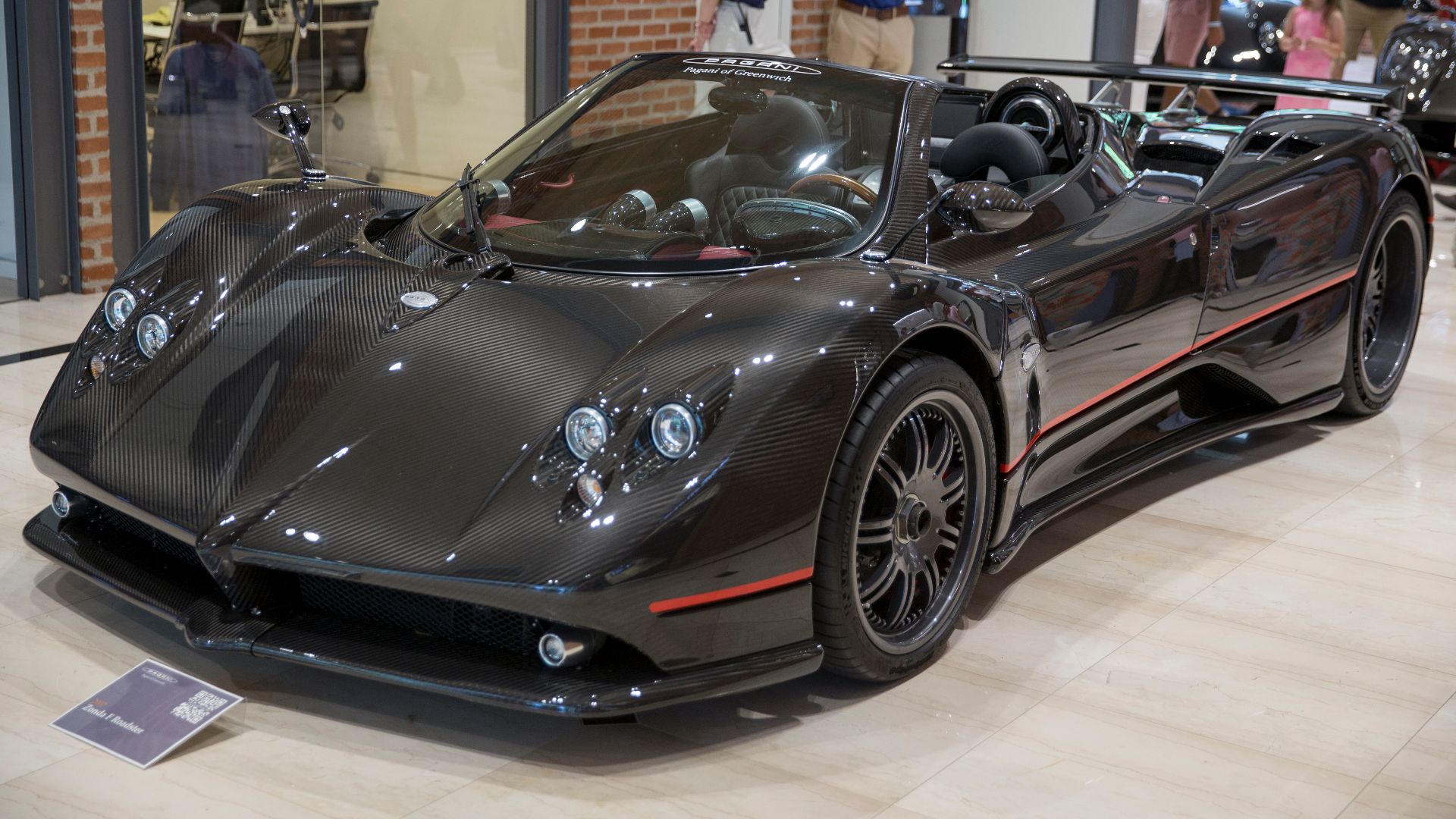 Mr.choppers, Wikimedia Commons
Mr.choppers, Wikimedia Commons
The Clubsport Takes The Gloves Off
The F Clubsport specification elevated power and track intent, pairing the uprated V12 with those Brembo carbon-ceramics and further weight savings. For Pagani, it proved the atelier could also speak fluent laptime.
Why The F Changed The Conversation
In 2005, Ferrari and Lamborghini defined the establishment. The Zonda F argued that a smaller maker—with better materials science and finish quality—could deliver equal or greater emotional bandwidth and performance. The market listened.
The Fangio Philosophy, Made Metal
Pagani cites Fangio’s emphasis on commitment, vision, and above all lightness. The F distilled that into a car that felt less like a brute and more like a finely tuned instrument—every gram and surface interrogated.
A Customer Who Believed First
Benny Caiola—New York real-estate icon and serial Ferrari owner—was Pagani’s first customer and a close friend. Years later, Pagani honored him with the Huayra BC, cementing the personal, patron-and-artist DNA of the brand.
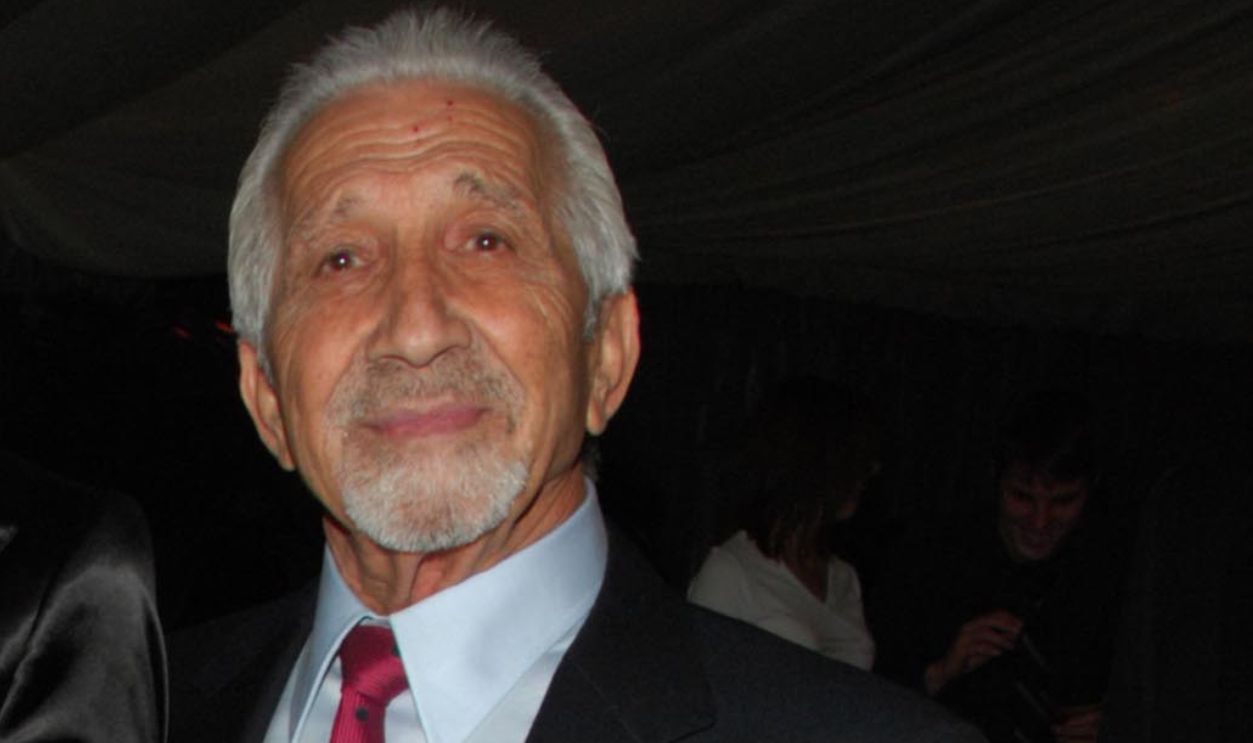 Patrick McMullan, Getty Images
Patrick McMullan, Getty Images
Handmade Cred Meets Measured Speed
Journal tests and owner lore praised the Zonda line for its tactile steering, unfiltered throttle, and structural rigidity—benefits you feel at any speed. The F didn’t just post figures; it delivered sensation. (Spec highlights cited earlier.)
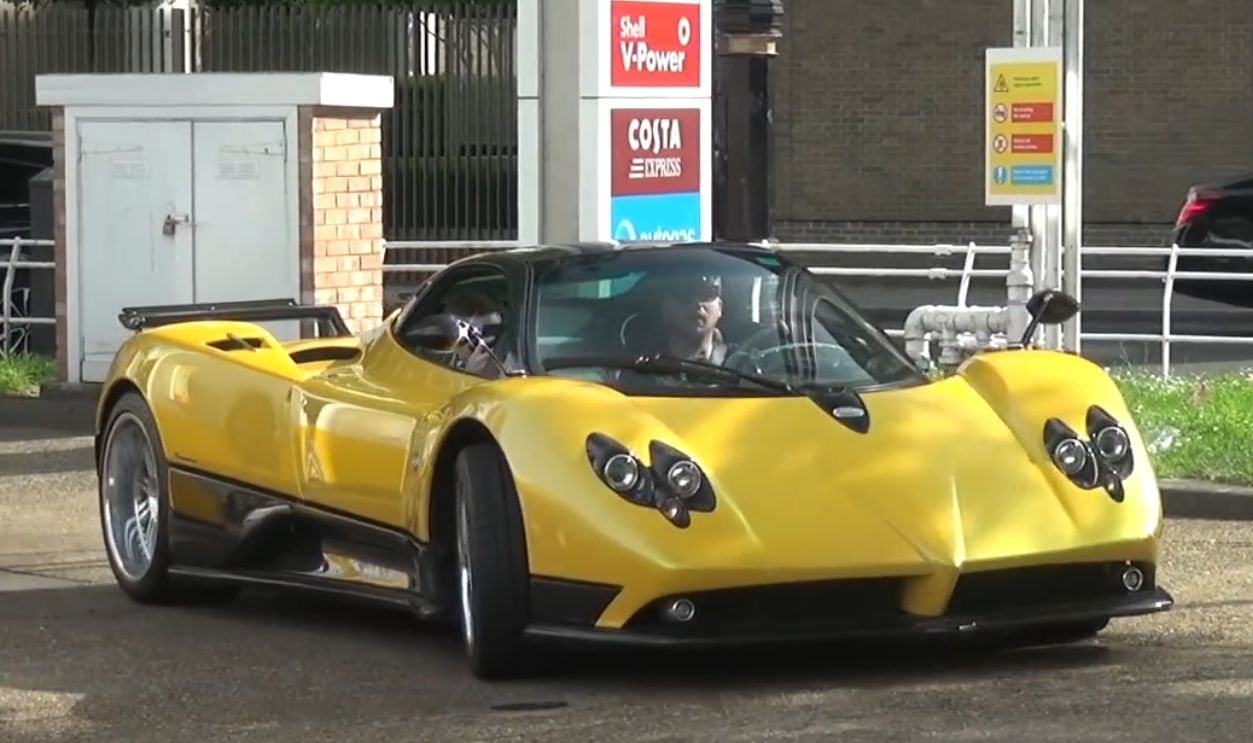 CHASING a $3 MILLION 1 of 25 Pagani Zonda F in London! CRAZY sounds, TFJJ
CHASING a $3 MILLION 1 of 25 Pagani Zonda F in London! CRAZY sounds, TFJJ
Dallara, Wind Tunnels & First Principles
Before the Zonda’s debut, Pagani validated shapes in Dallara’s wind tunnel, blending racing-grade aerodynamics with artisan finishing—an unusual mix that helped the tiny firm land heavyweight results.
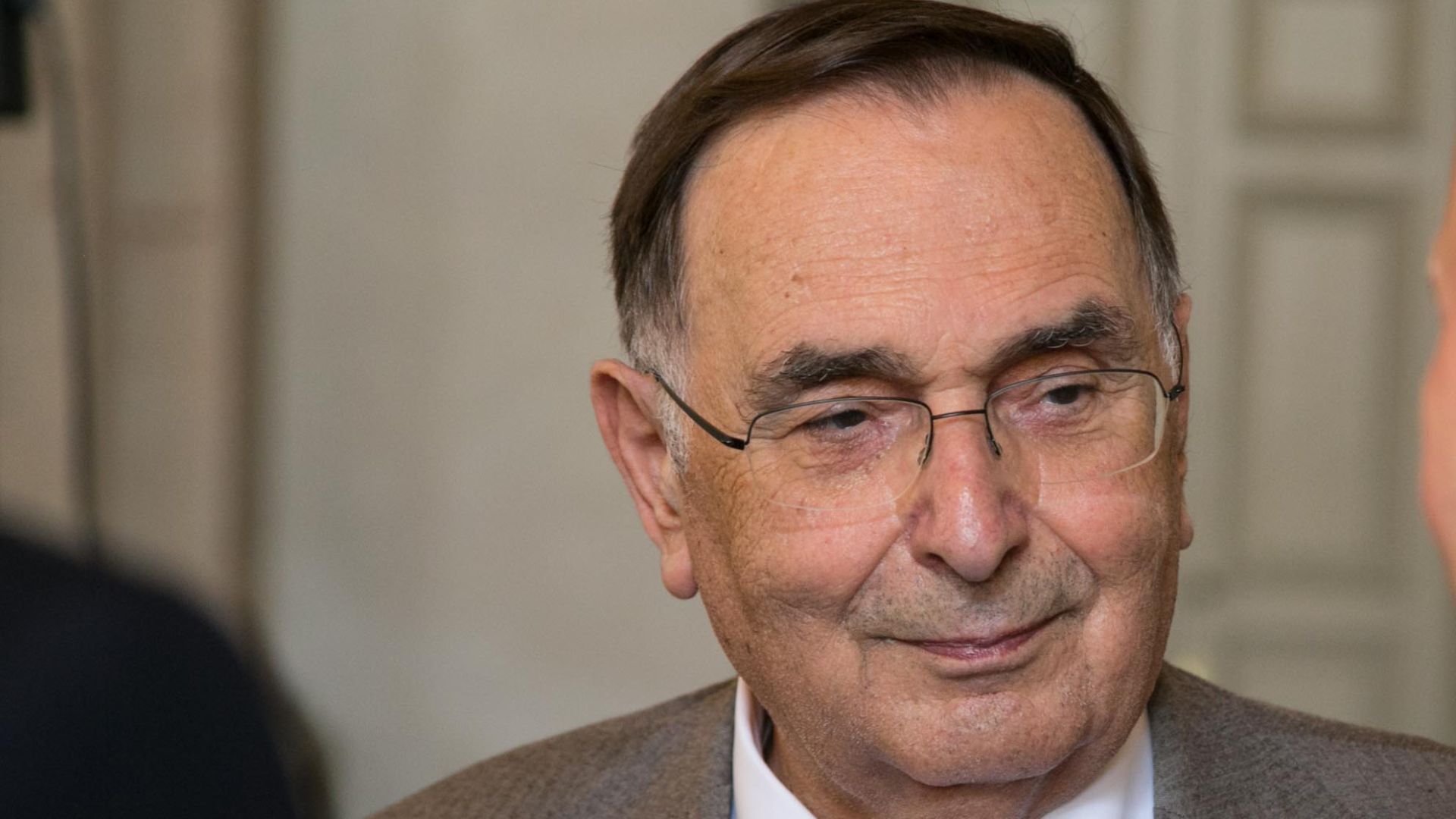 Citta di Parma, Wikimedia Commons
Citta di Parma, Wikimedia Commons
The Huayra Era Proves It Wasn’t Luck
If Zonda F toppled the gates, the twin-turbo Huayra dynasty kept them open—spawning rarities like the BC and recent Codalunga derivatives. Even in 2025, Pagani keeps iterating on the same pillars: art, aero, and AMG thunder.
Materials Leadership As A Moat
From the Countach Evoluzione to today’s hypercars, Pagani’s mastery of carbon (and hybrid weaves) is a structural advantage, not a mere styling cue. That’s why larger brands took his methods seriously—eventually adopting similar practices.
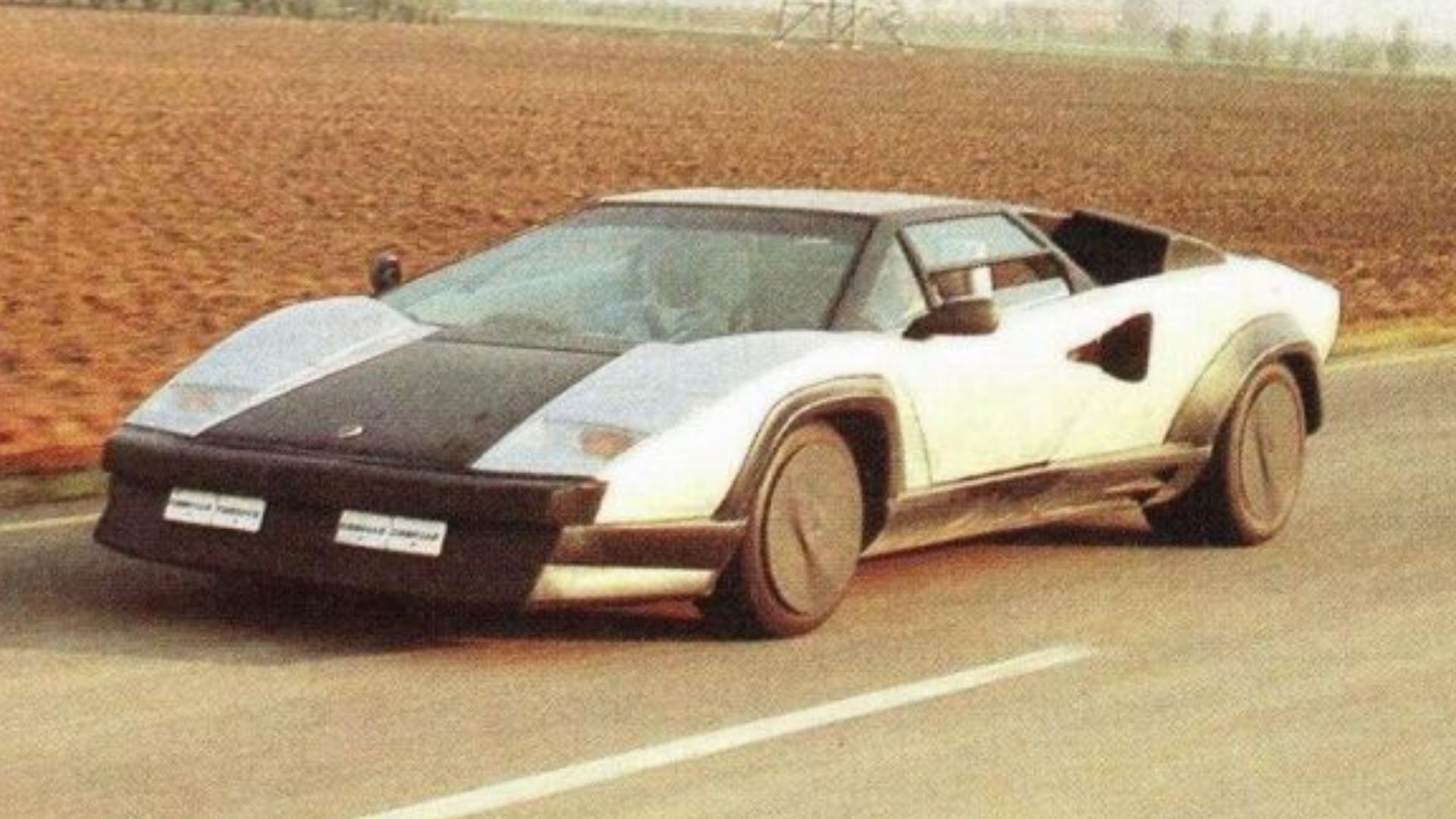 Unknown authorUnknown author, Wikimedia Commons
Unknown authorUnknown author, Wikimedia Commons
Why The Underdog Won Hearts
When you pore over a Pagani, you sense the maker’s hand: milled-from-solid switchgear, visible fasteners, leatherwork with violin-maker care. It’s romantic, yes—but also a deliberate counterpunch to mass-manufactured perfection.
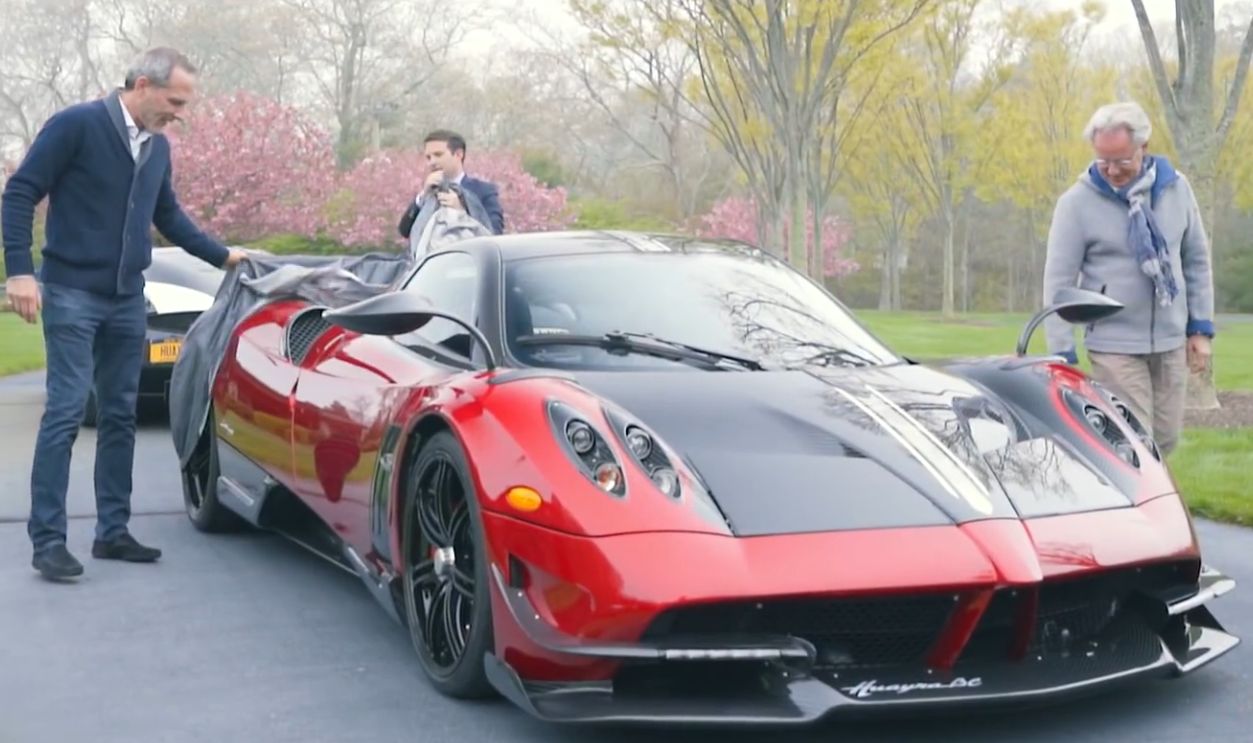 Pagani Huayra BC Unveiling to Caiola Family - Interview by Horacio Pagani, Miller Motorcars
Pagani Huayra BC Unveiling to Caiola Family - Interview by Horacio Pagani, Miller Motorcars
Zonda F vs. The Giants
Against mid-2000s flagships, the Zonda F matched or exceeded performance while out-charming them on craftsmanship. It showed that a micro-manufacturer could command seven-figure prices by offering something the heavyweights couldn’t: soul, signed in carbon.
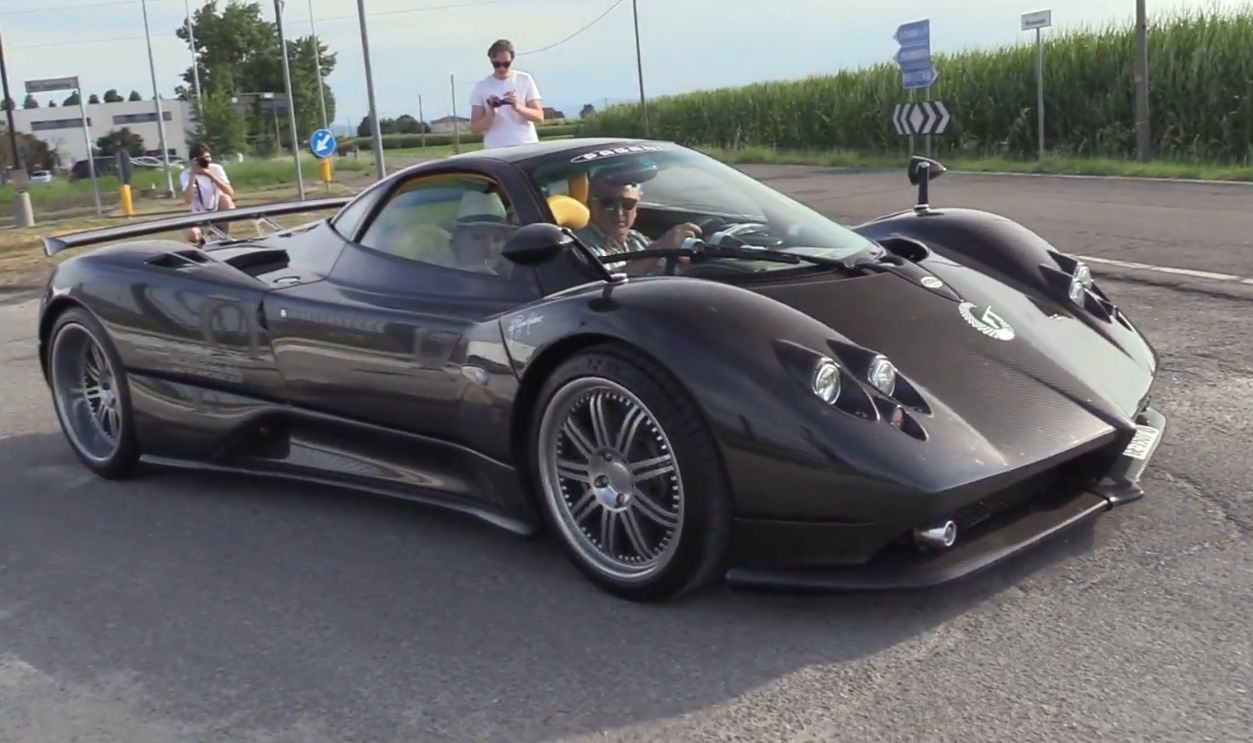 Pagani Zonda F Sound - Revs & Accelerations, 19Bozzy92
Pagani Zonda F Sound - Revs & Accelerations, 19Bozzy92
The Business Behind The Beauty
Modena Design wasn’t just a stepping stone; it was the revenue and know-how engine that sustained Pagani’s low volumes and bespoke builds—an ecosystem approach more akin to haute horlogerie than mass auto.
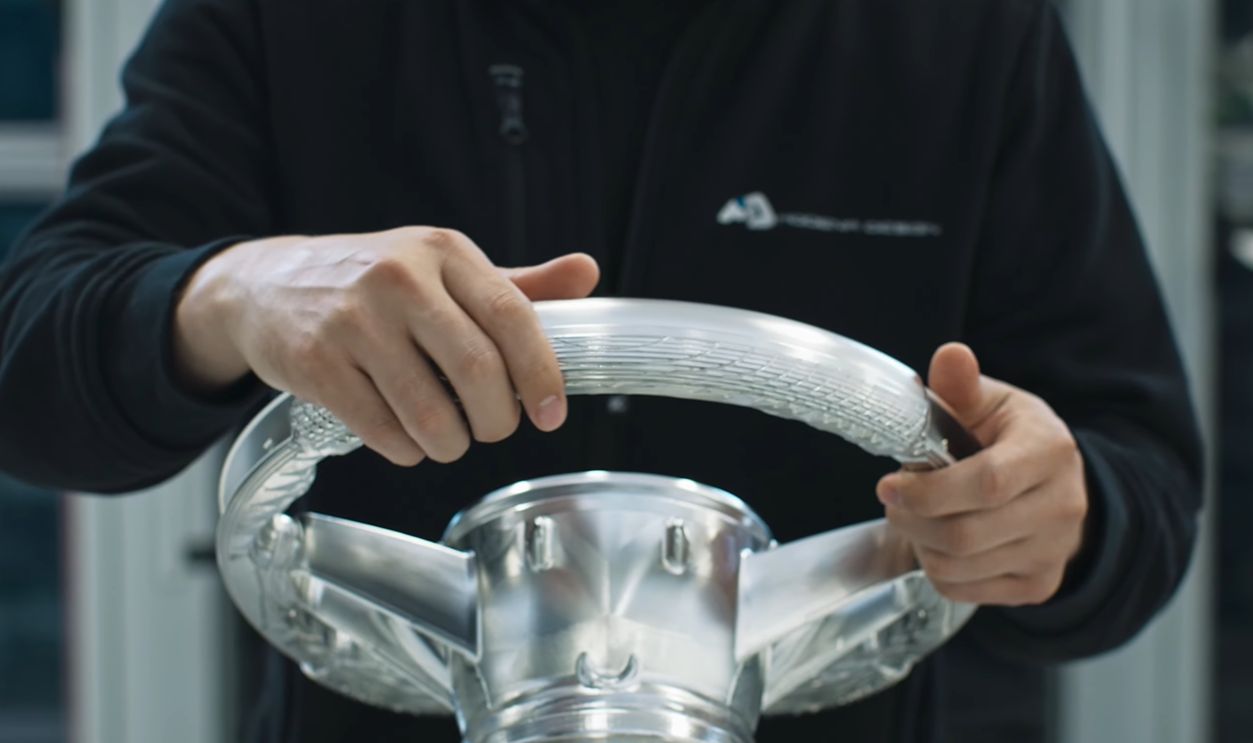 Modena Design | A Story of Creators, Pagani Automobili
Modena Design | A Story of Creators, Pagani Automobili
A Legacy Of Mentors And Muses
Dallara’s guidance, Fangio’s endorsement, and Caiola’s faith formed a triangle around Pagani’s rise. His success is as much about community and craft guilds as it is about CAD and downforce.
The Zonda F’s Cultural Footprint
From concours lawns to posters on enthusiast walls, the F became the reference Zonda—often the model people picture when they say “Pagani.” Limited numbers and distinctive details made it an instant modern classic.
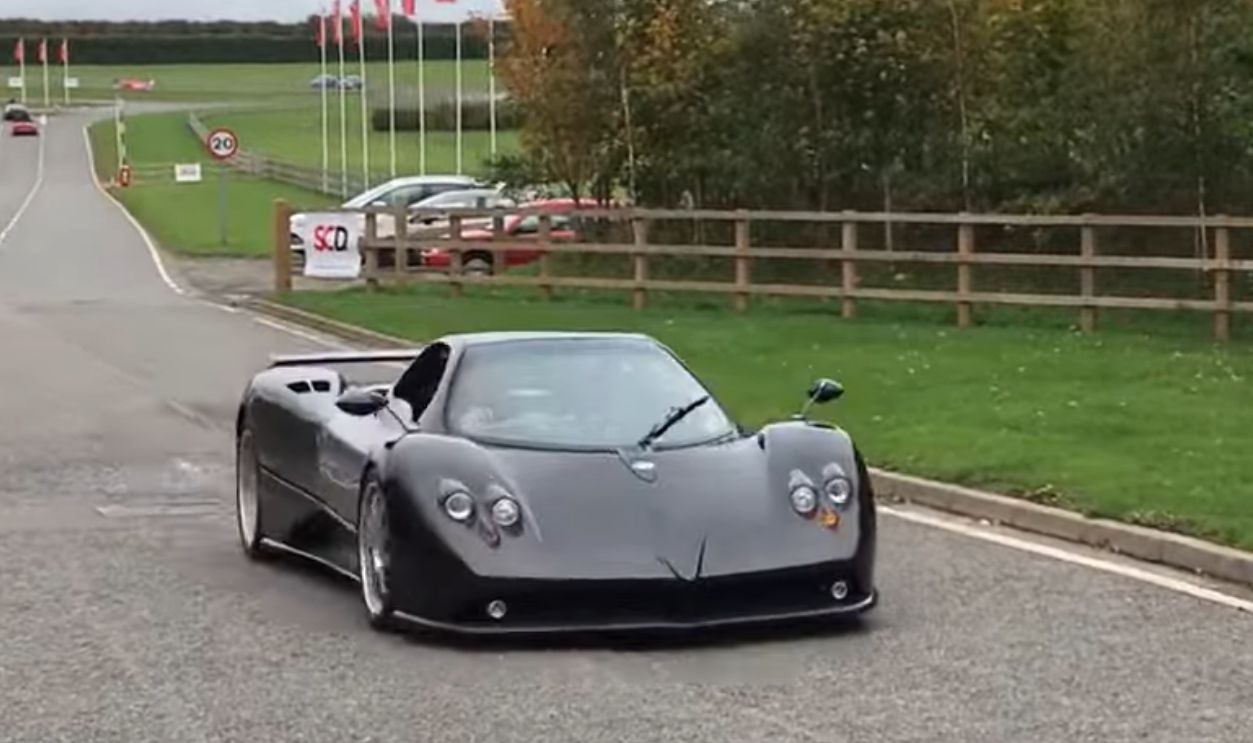 Pagani Zonda F - Howling V12 Acceleration Sound!, Munch997
Pagani Zonda F - Howling V12 Acceleration Sound!, Munch997
Still Learning, Still Building
Even three decades on, Pagani treats each special series like a studio project, not a production run. The latest Codalunga Speedster shows that the boutique model can evolve without losing its core romanticism.
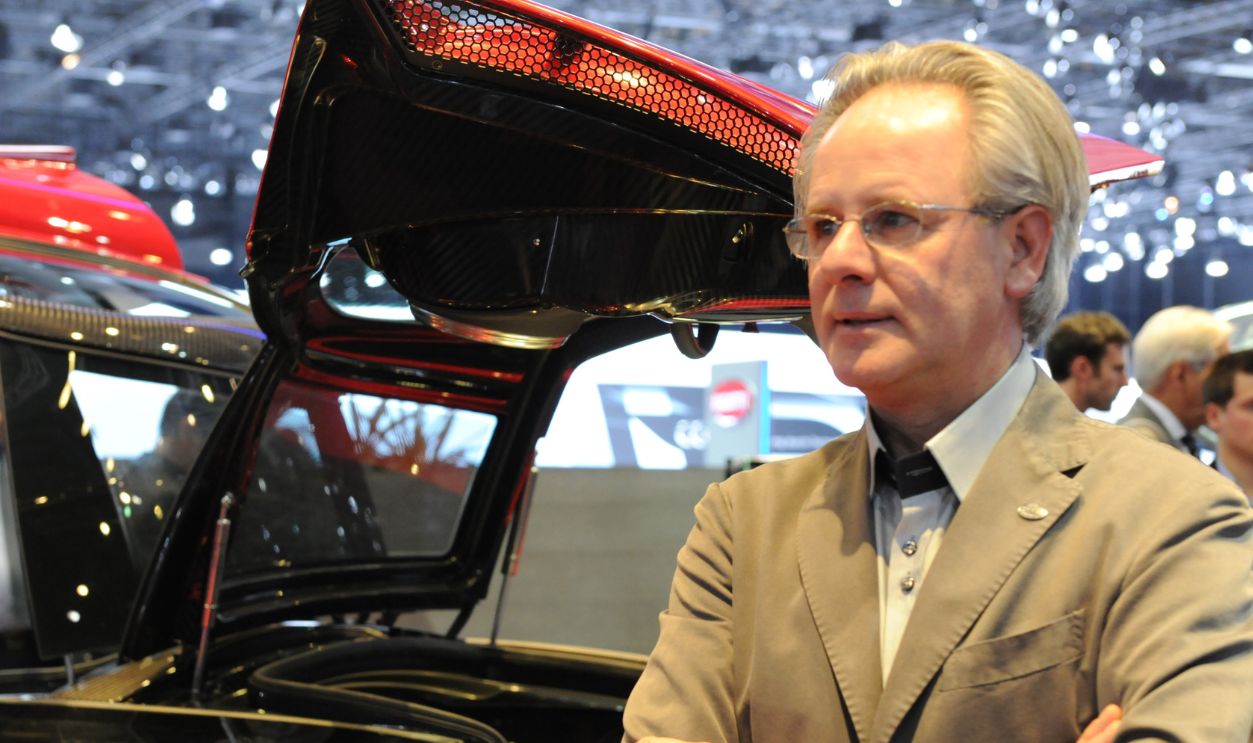 Jean-Marc ZAORSKI, Getty Images
Jean-Marc ZAORSKI, Getty Images
What Horacio Proved
He proved that materials science plus design obsession can beat scale; that a tiny team with a clear philosophy can redraw a segment; and that a supercar can be both brutally fast and intensely human. The Zonda F is the thesis made road-legal.
Our Favorite Pagani Models
Sure, Ferrari has the Enzo and Lamborghini has the Miura, but Pagani have their own set of beautiful machines that can outpace the competition. Here are three of our favorite Pagani models since the first one rolled off the line in 1999.
Pagani Zonda – The Carbon Revolution
The Zonda (1999 – 2017) was Pagani’s bold debut: a handmade carbon-fiber sculpture powered by Mercedes-AMG V12 engines. Every curve was honed for airflow; every bolt was art. Early models used a 6.0 L V12, while the legendary Zonda F pushed a 7.3 L version to 602 PS (594 hp) and 345 km/h (214 mph). Built in tiny numbers, it proved that a newcomer from Modena could out-engineer Ferrari and Lamborghini at their own game — with more soul per kilogram.
Pagani Huayra – The Wind God Roars
Named after an Andean deity of the wind, the Huayra (2011 – 2022) replaced the Zonda with a new level of aerodynamic wizardry and turbocharged fury. Its 6.0 L twin-turbo AMG V12 unleashed around 740 PS (730 hp), paired with active aero flaps that constantly adjusted downforce. The Huayra combined jet-age styling, intricate interiors, and lighter-than-air handling — all built by hand in Pagani’s atelier. Limited-run specials like the Huayra BC pushed output beyond 800 PS, proving art and engineering could share the same pulse.
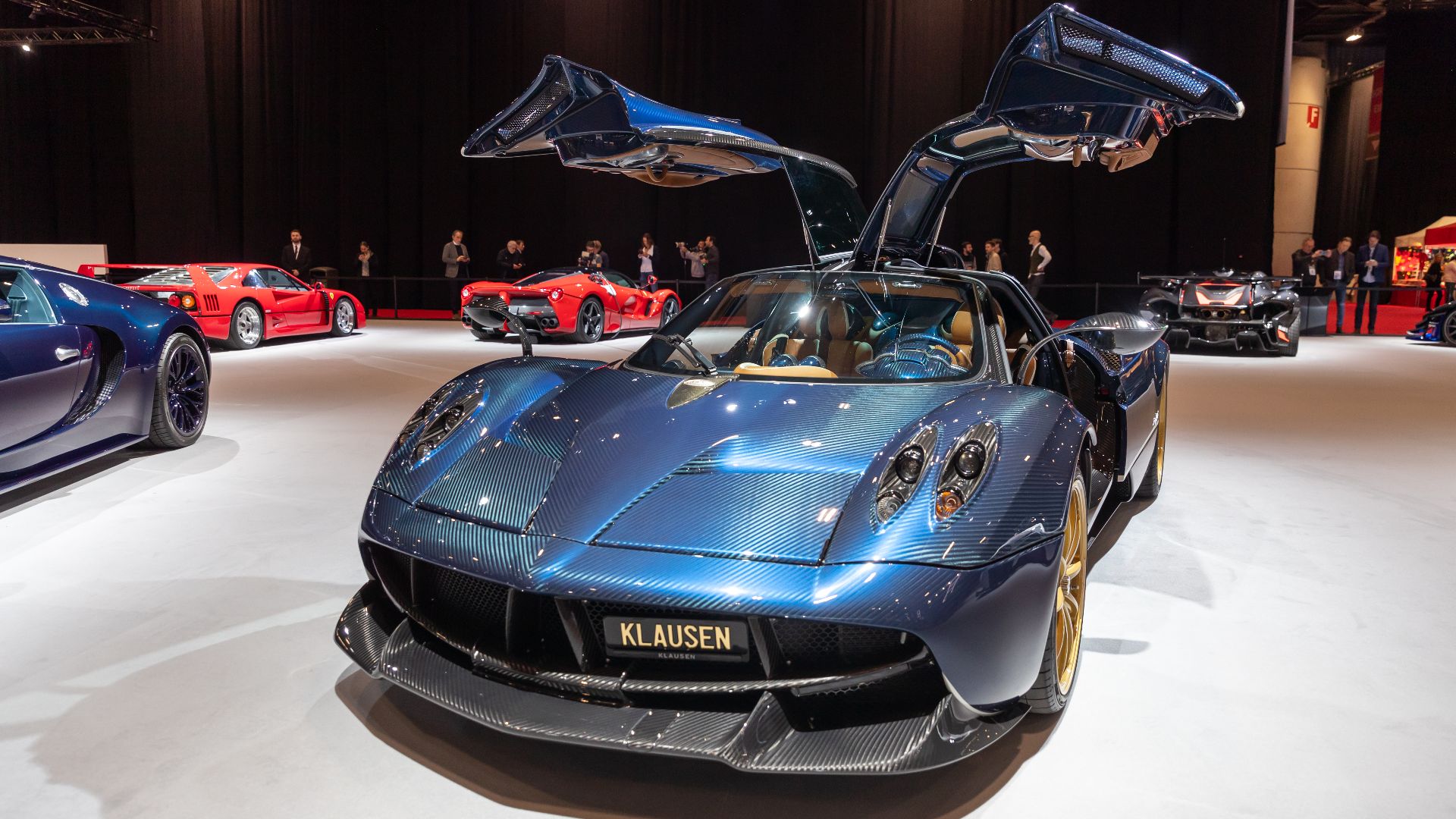 Matti Blume, Wikimedia Commons
Matti Blume, Wikimedia Commons
Pagani Utopia – The Last Pure V12
Pagani’s latest masterpiece, the Utopia (2022 – present), embodies the brand’s philosophy refined over decades. A mechanical symphony powered by a 6.0 L twin-turbo V12 producing 864 hp and 1,100 Nm, it weighs just 1,280 kg and offers a choice between manual or automated manual gearboxes — a rarity in today’s hybrid world. Only 99 coupés will ever exist. The Utopia is Pagani’s statement of resistance: analog passion in a digital era, sculpted in carbon, titanium, and devotion.
Would You Rather Own A Zonda, Or An Enzo?
If the 1990s belonged to the establishment, the 2000s opened a lane for artisans. Horacio Pagani didn’t just enter it—he paved it, one autoclaved panel at a time. The Zonda F stands as his signature: a Fangio-blessed, AMG-powered love letter to speed and craft that forced the giants to raise their game.
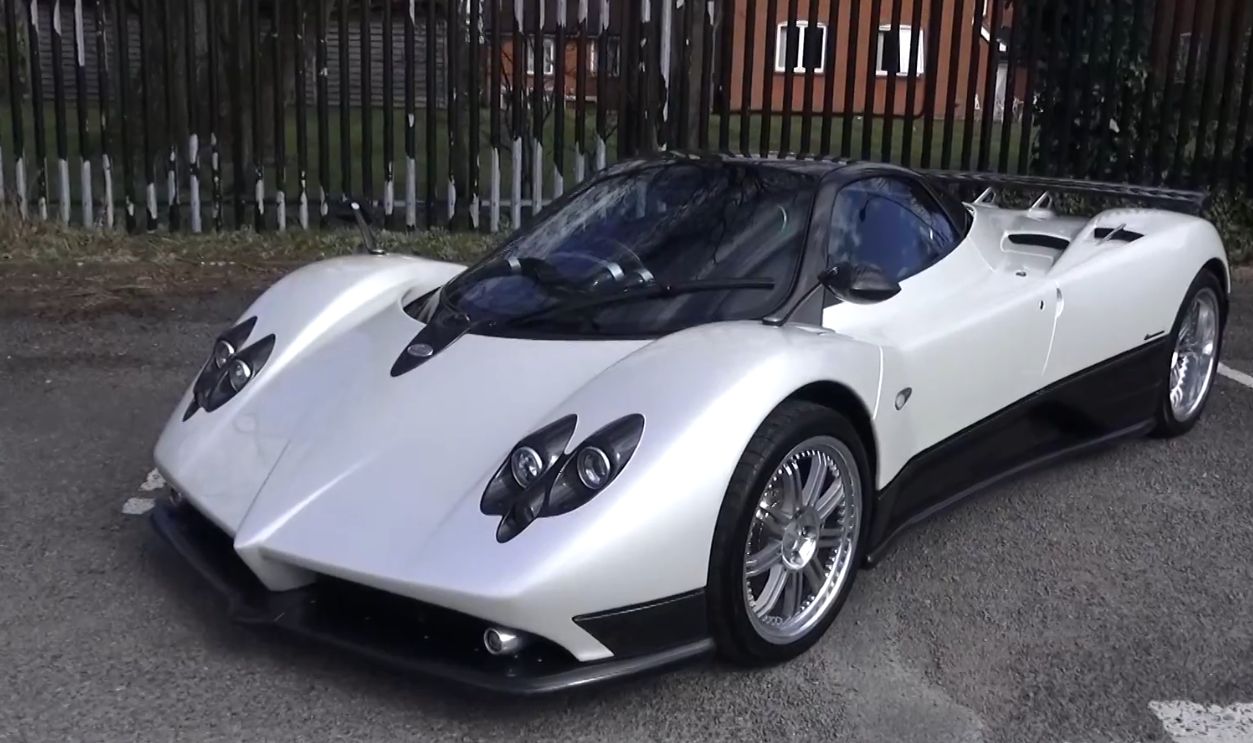 Pagani Zonda F with Saabkyle04 - Discussion, Revs and Walkaround, Shmee150
Pagani Zonda F with Saabkyle04 - Discussion, Revs and Walkaround, Shmee150
You May Also Like:

